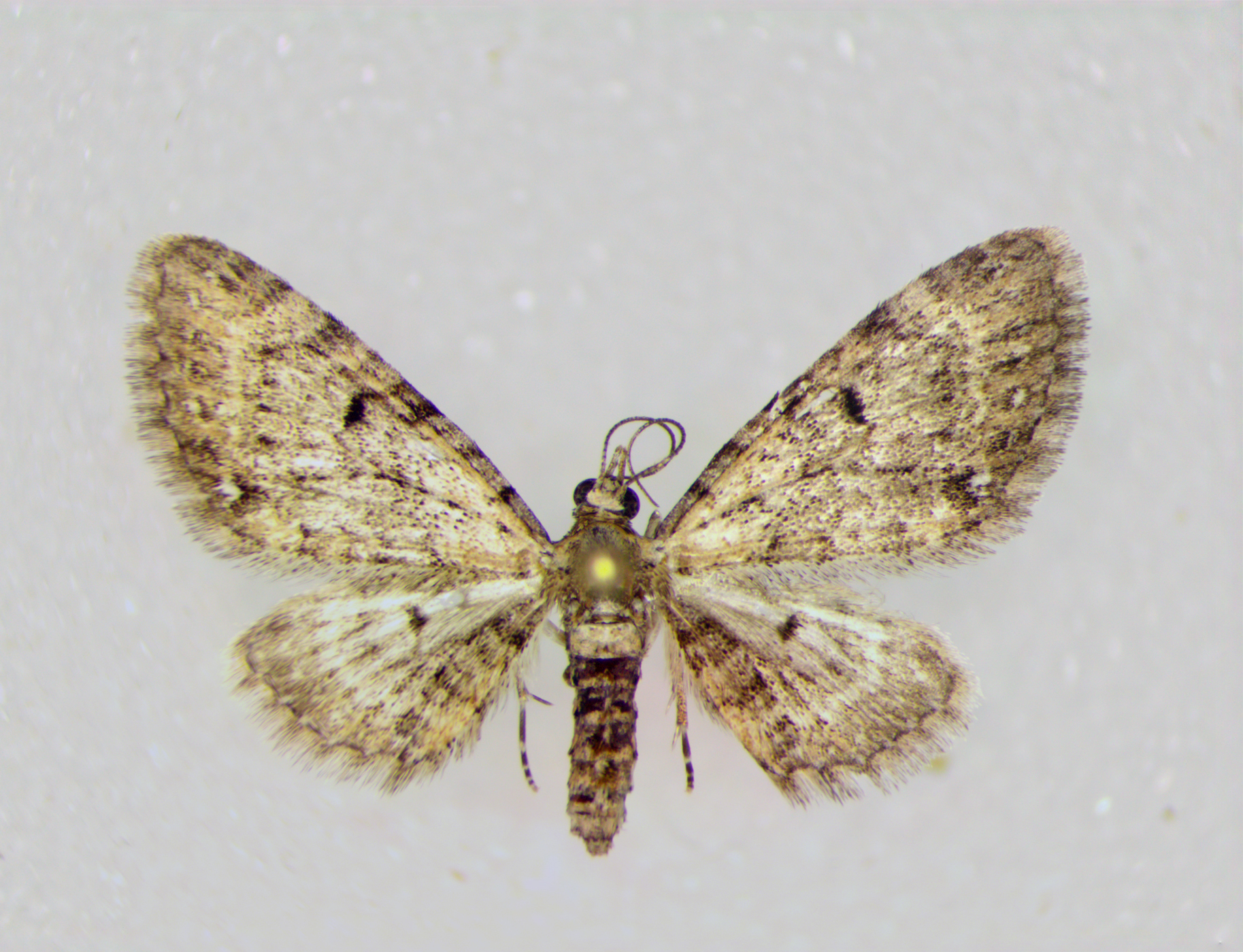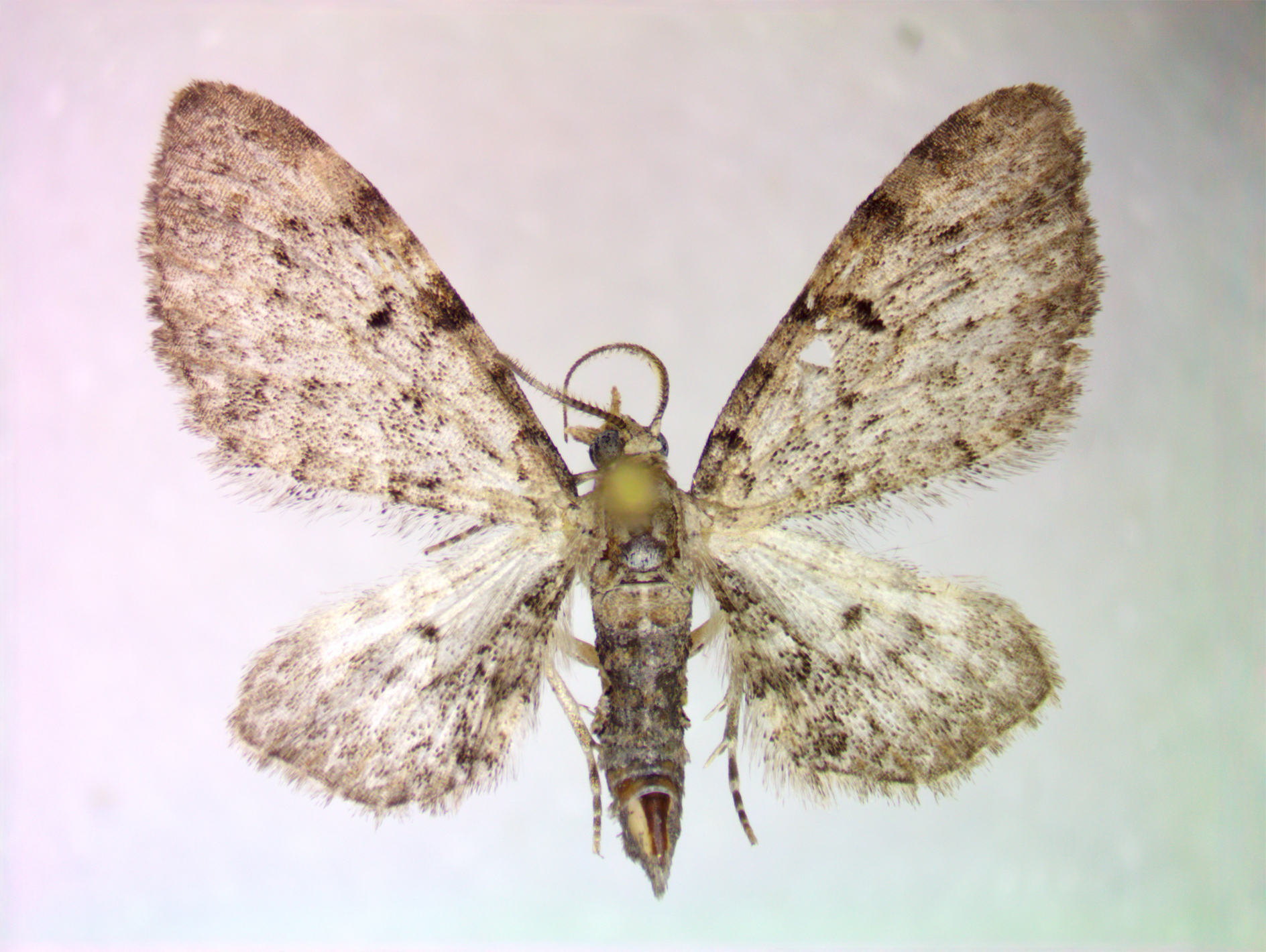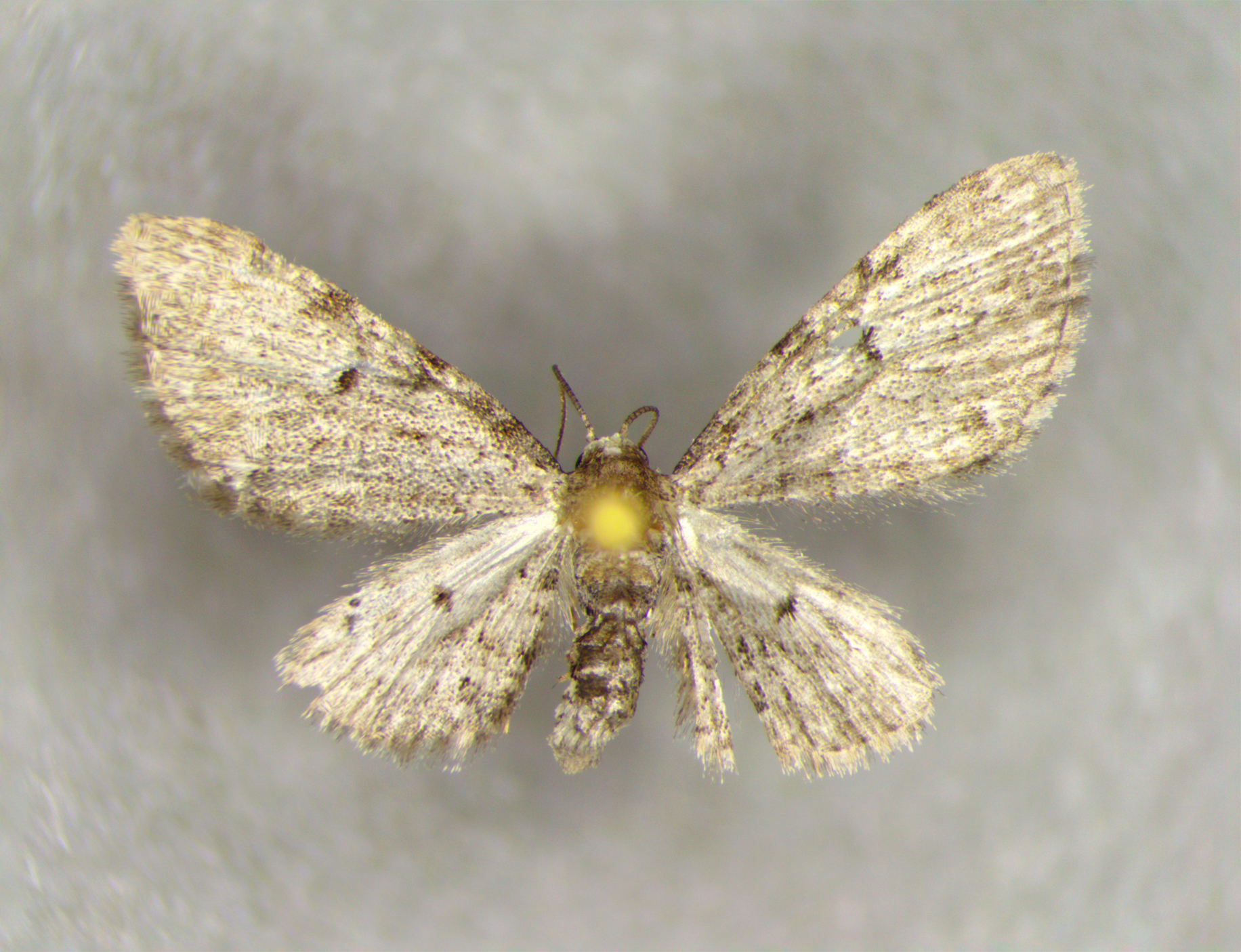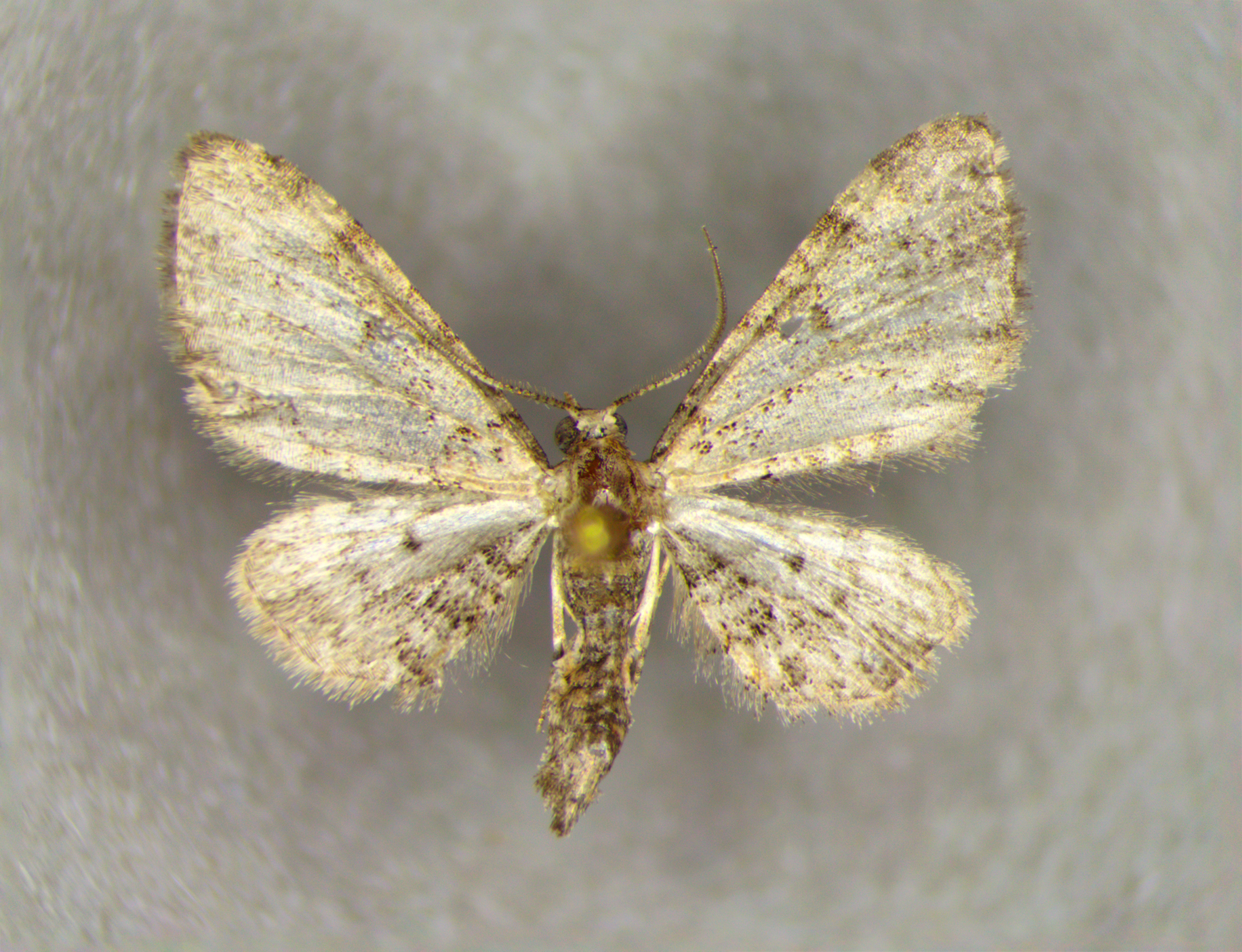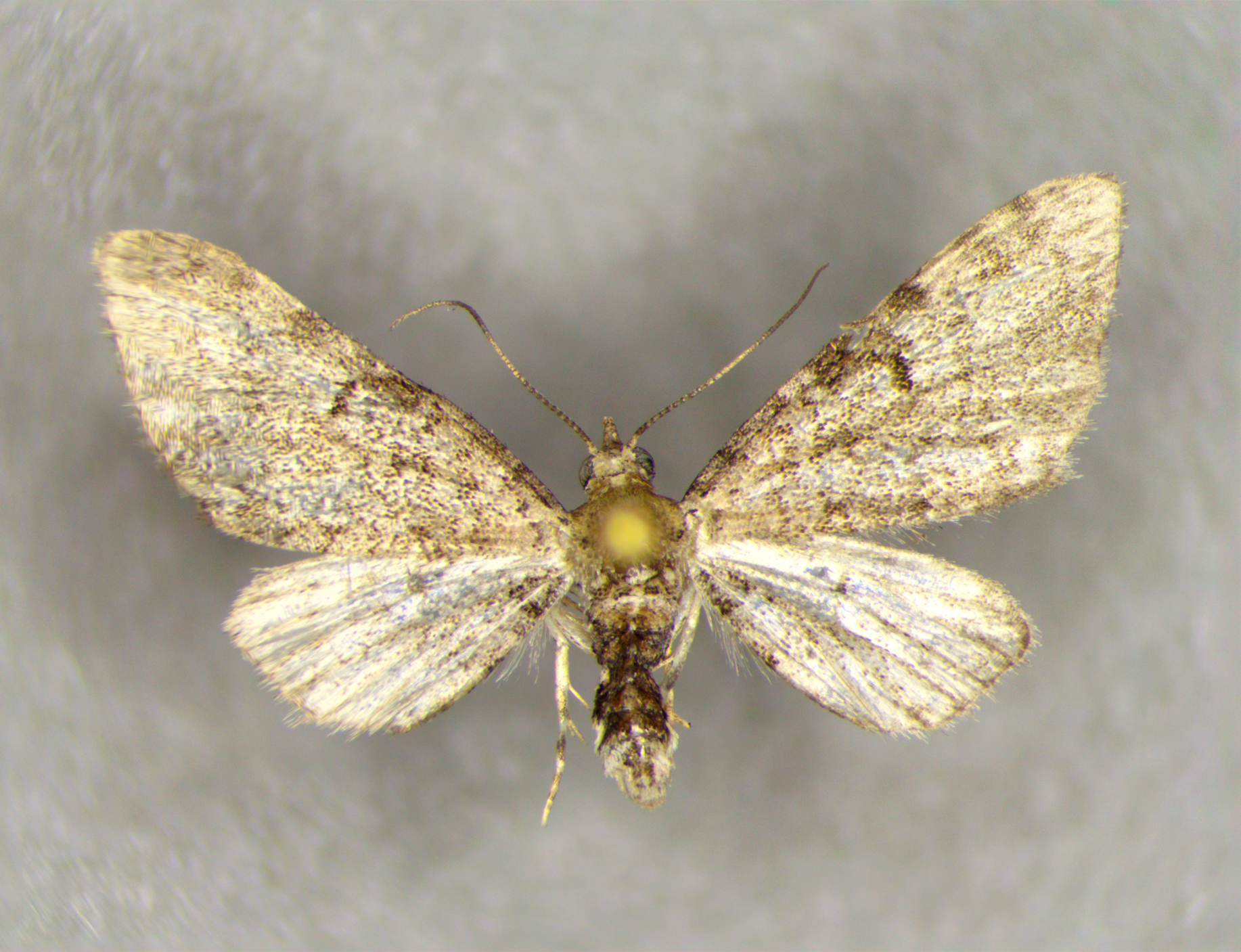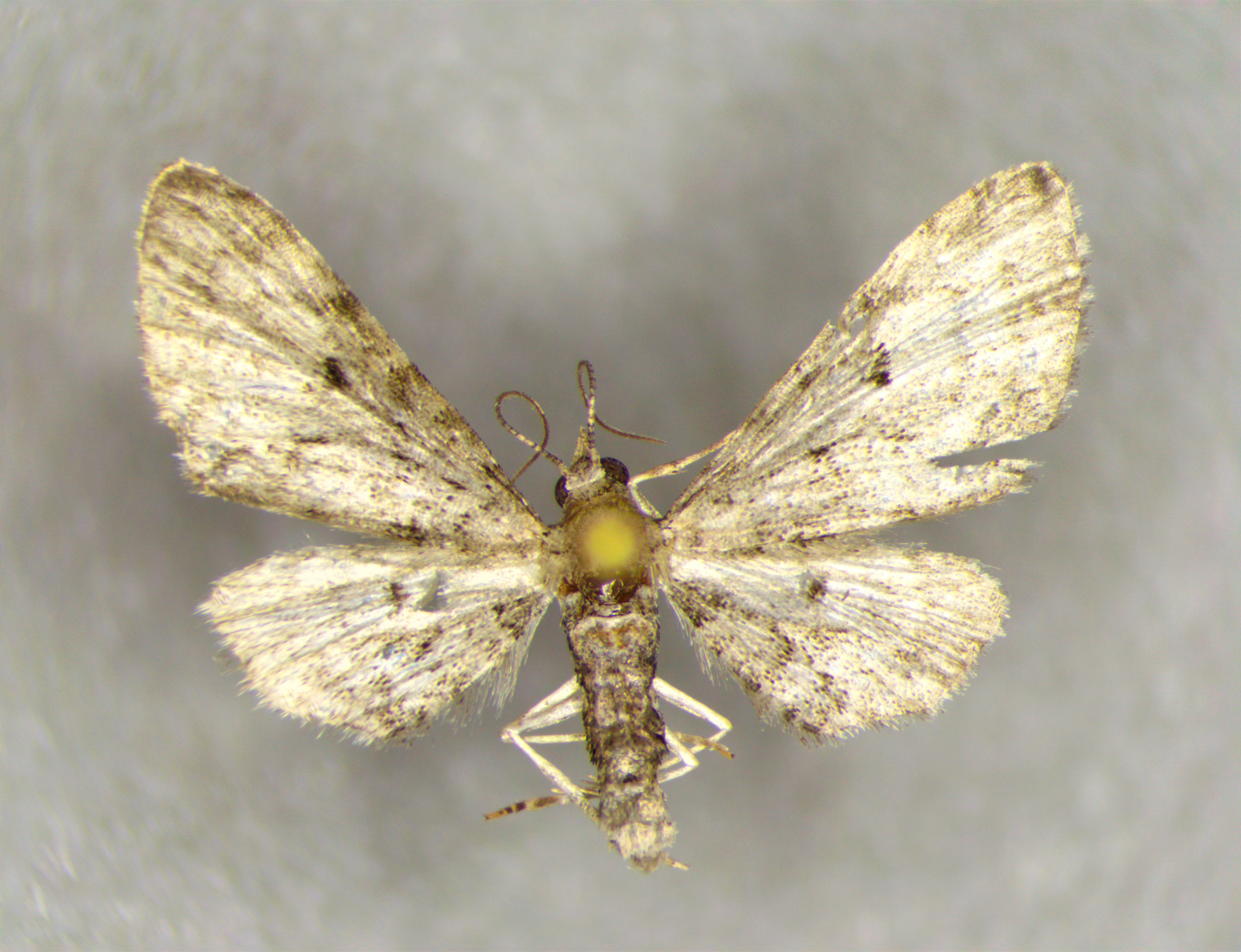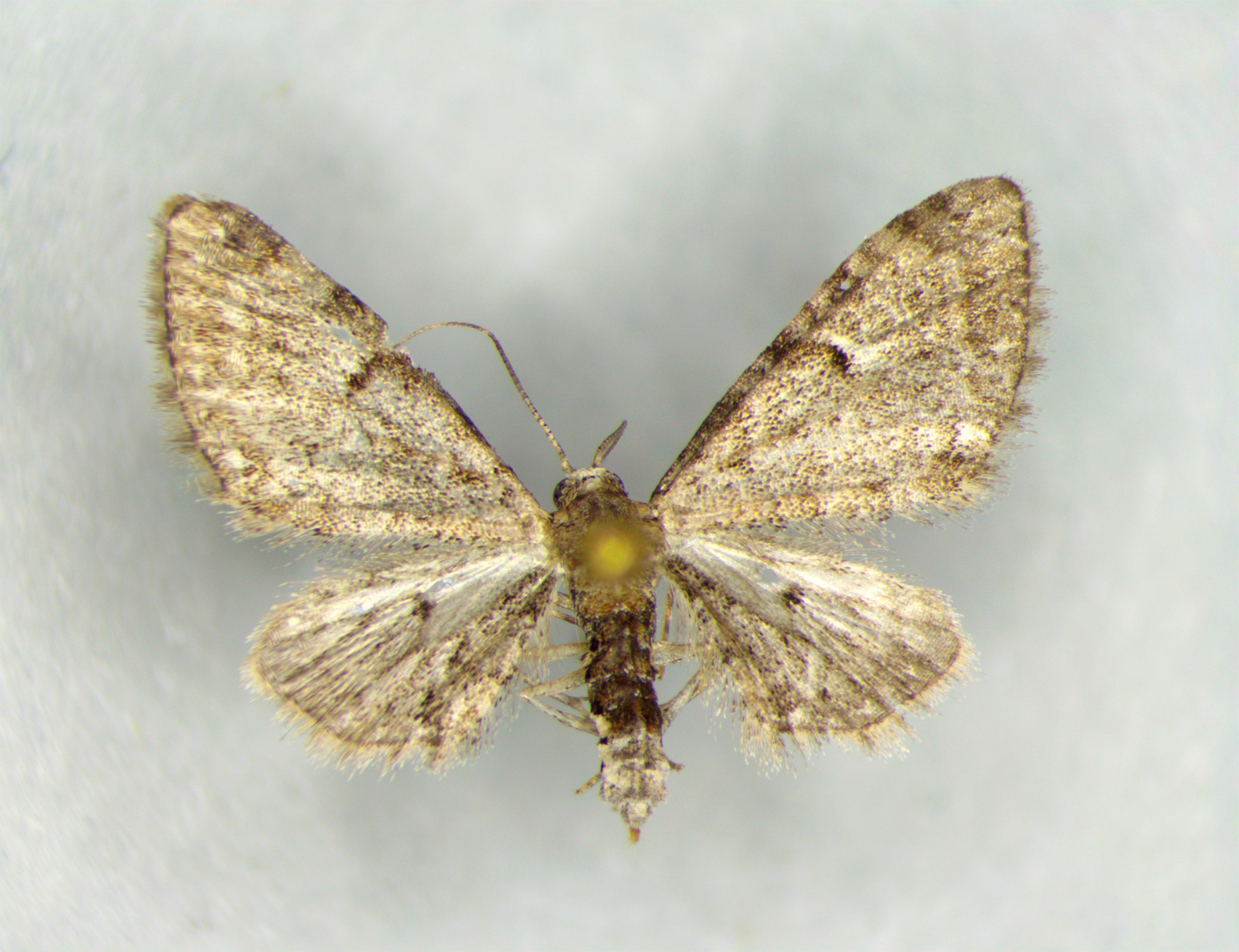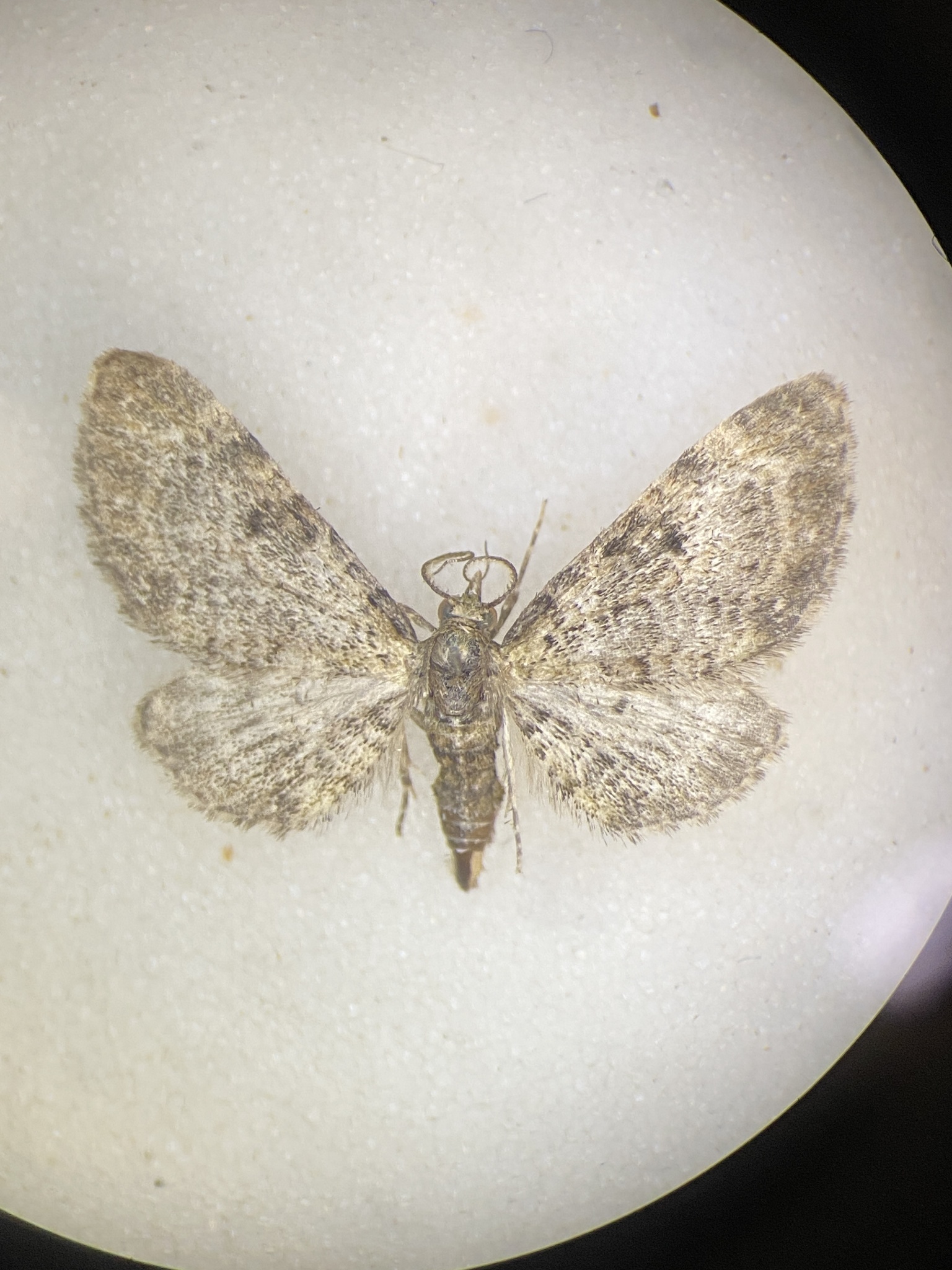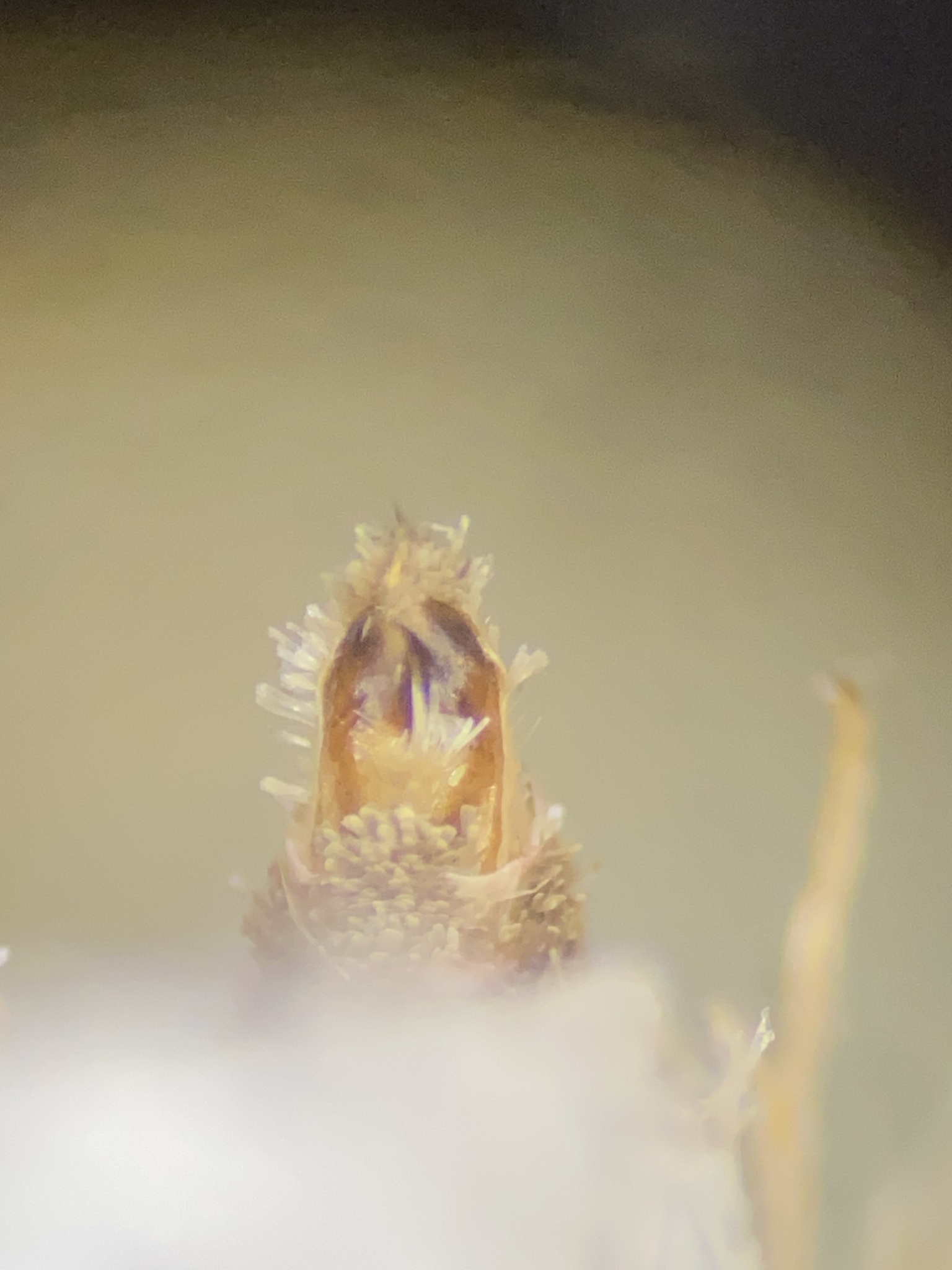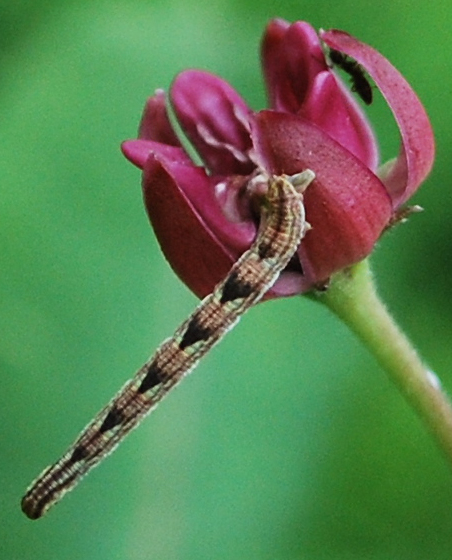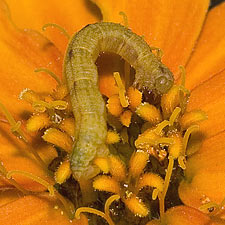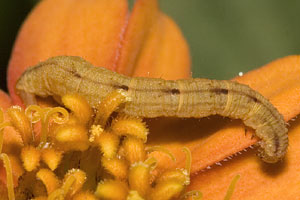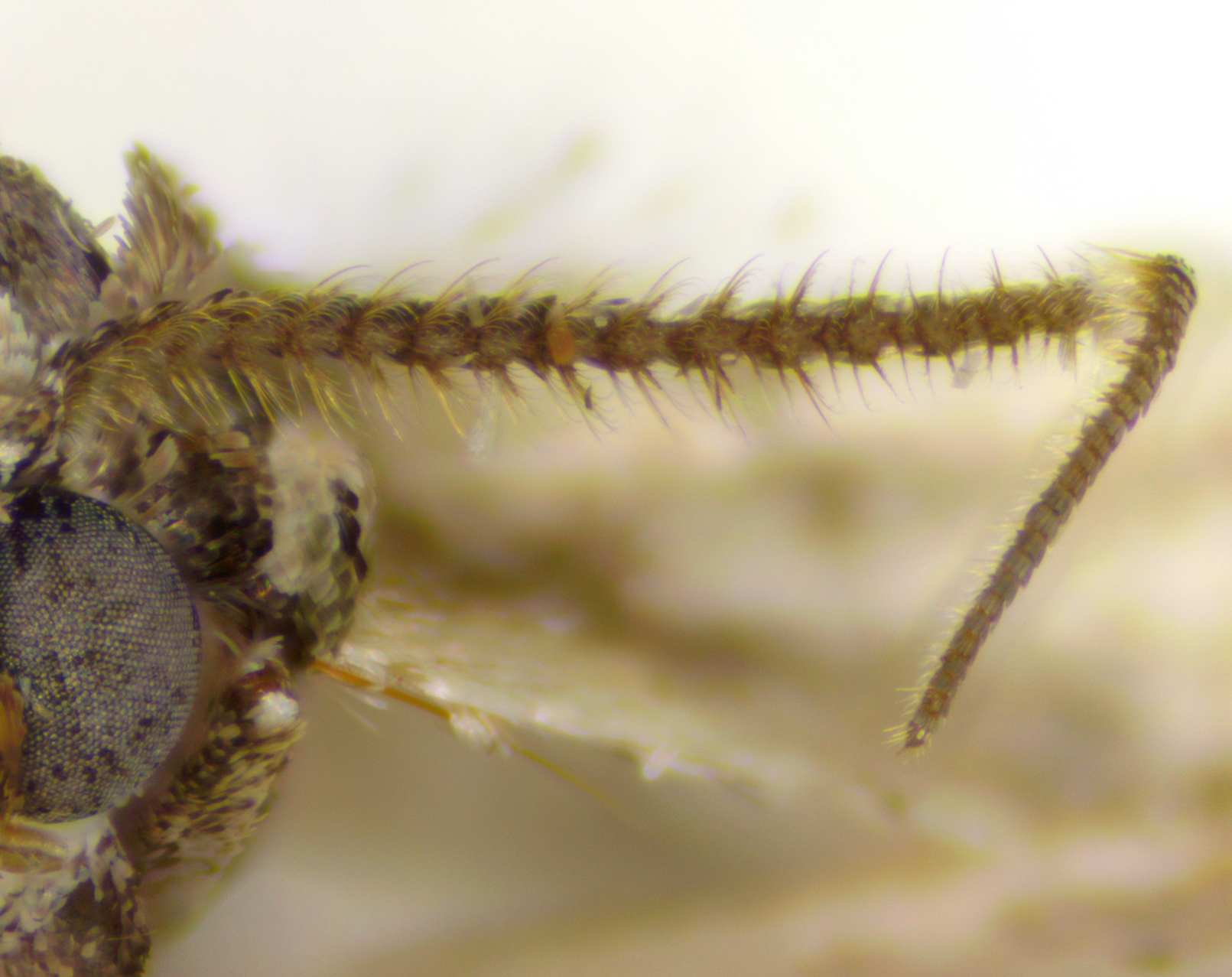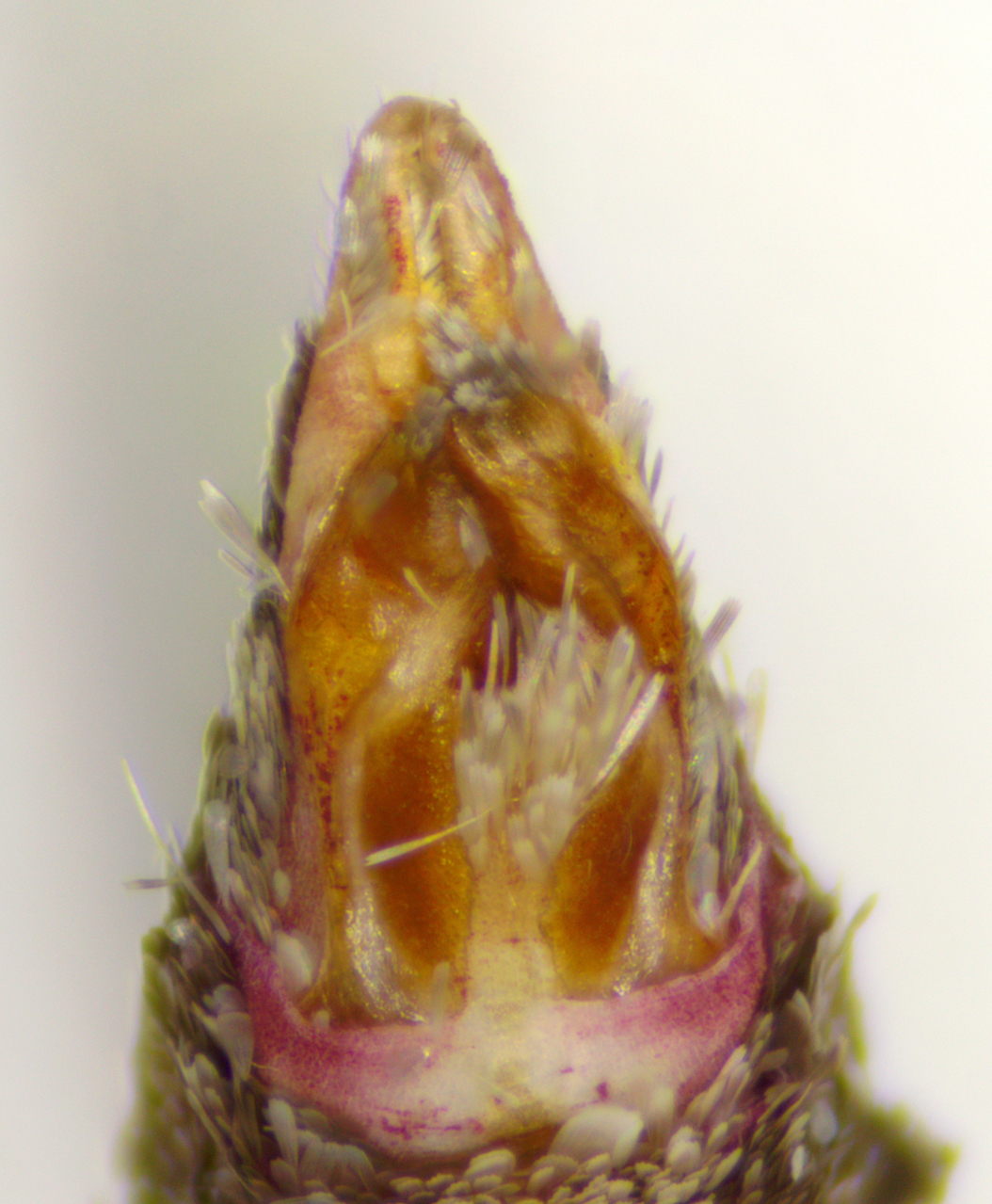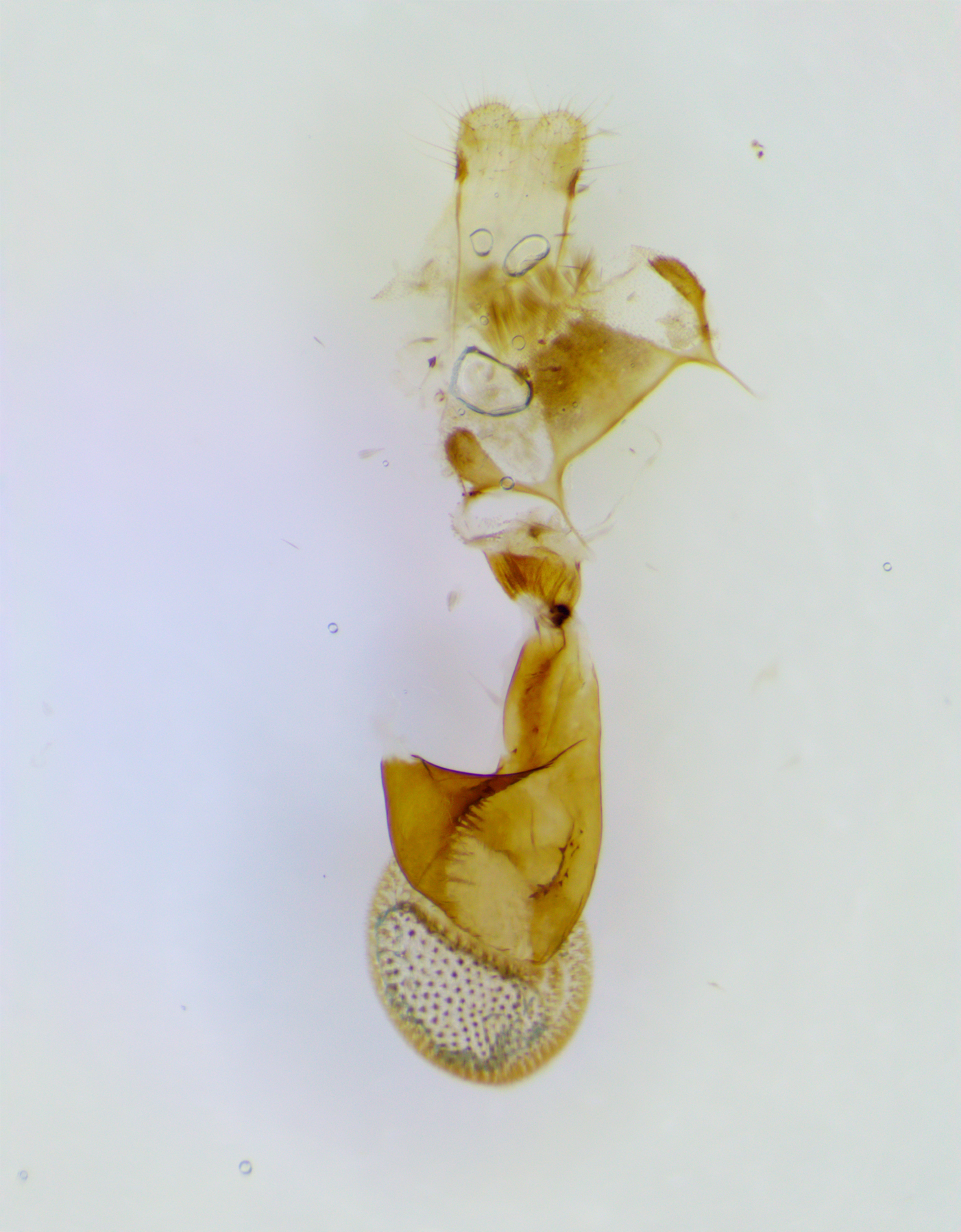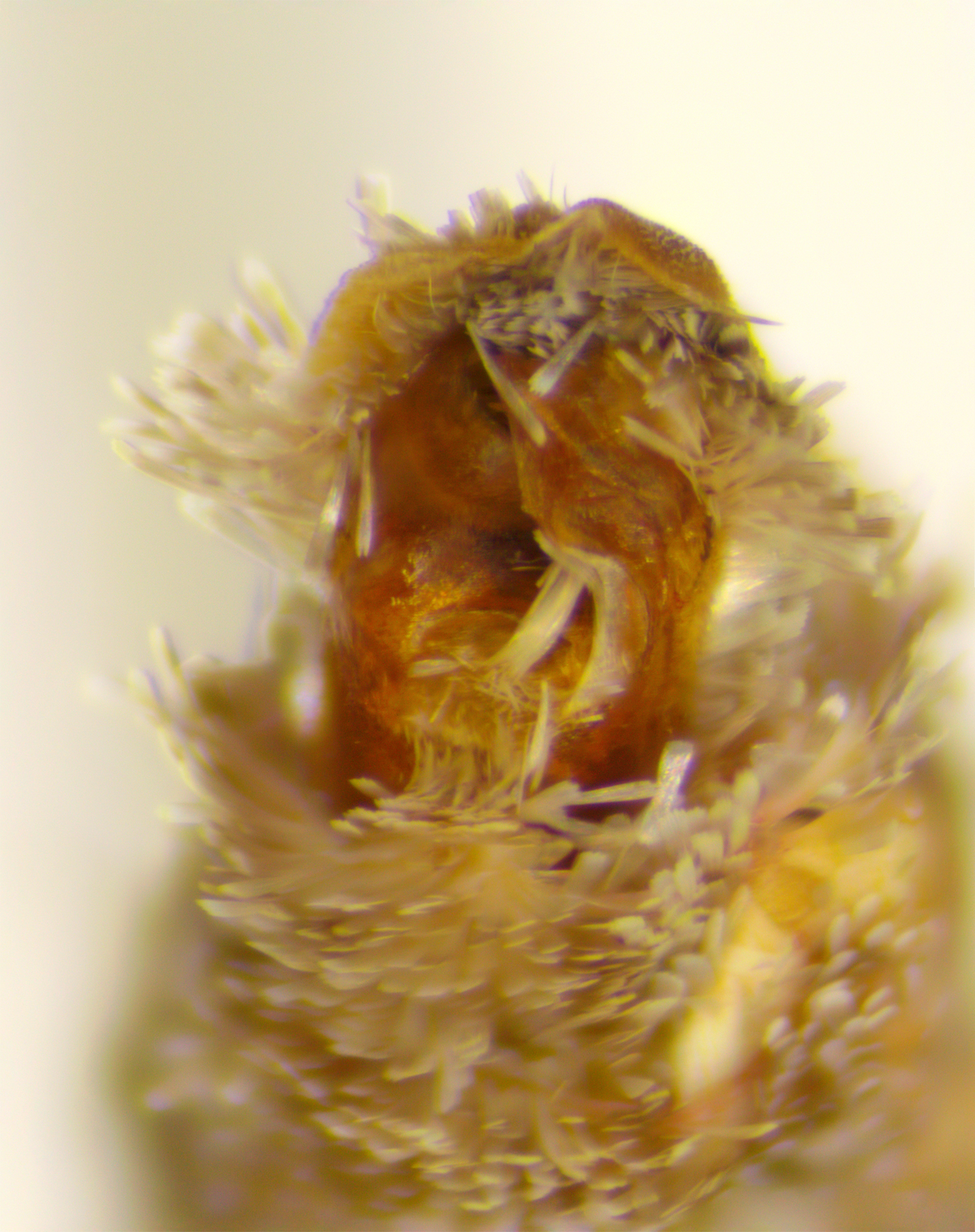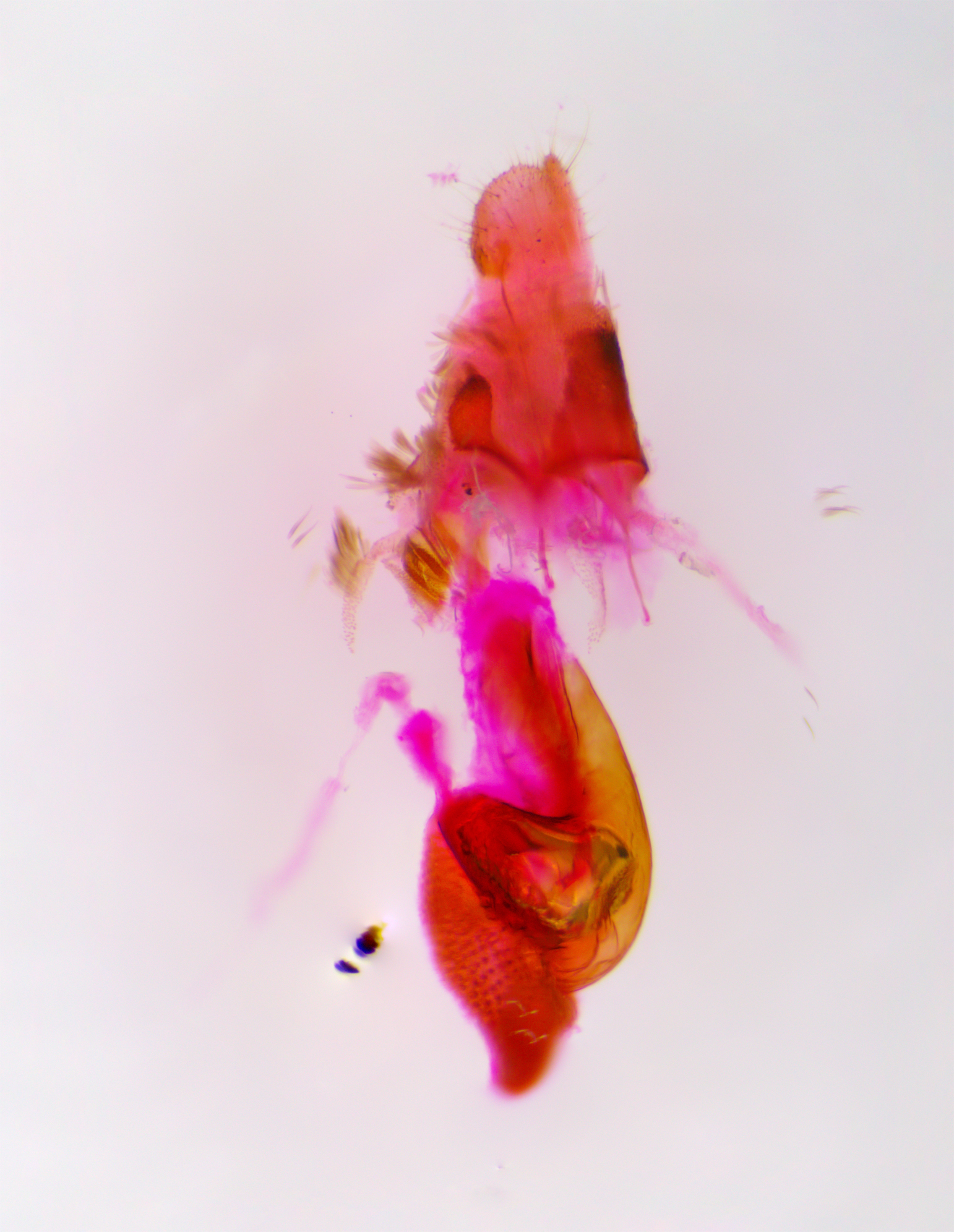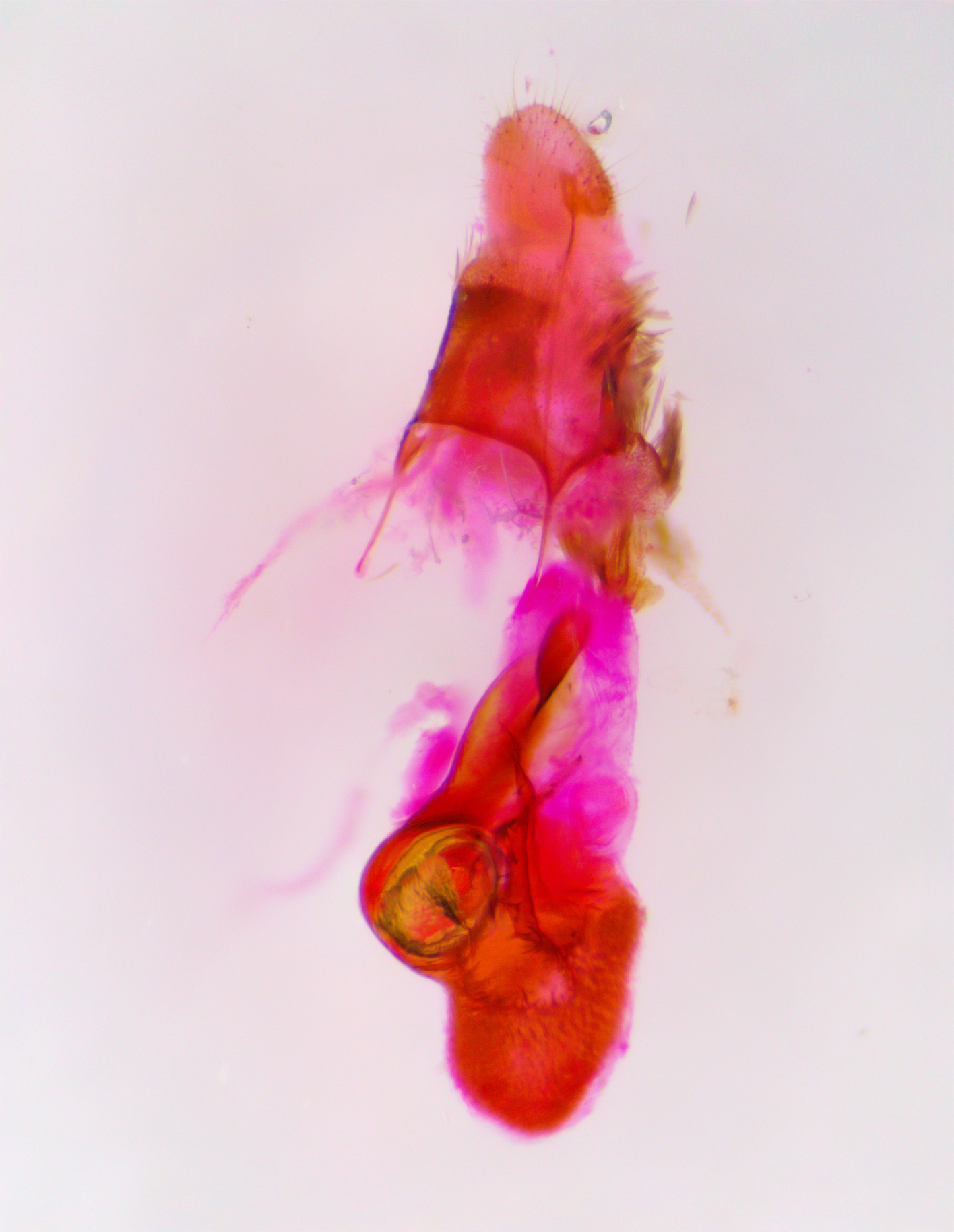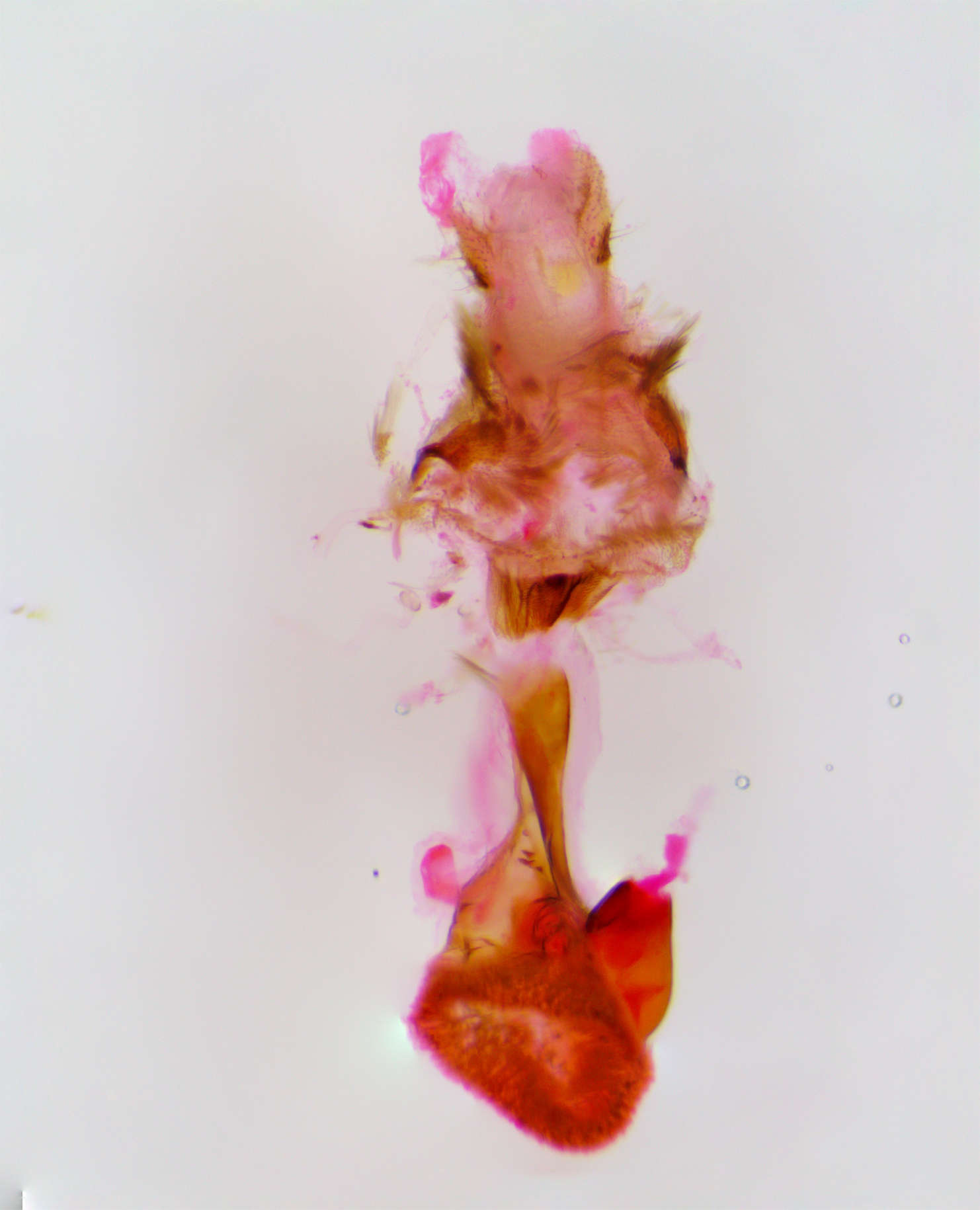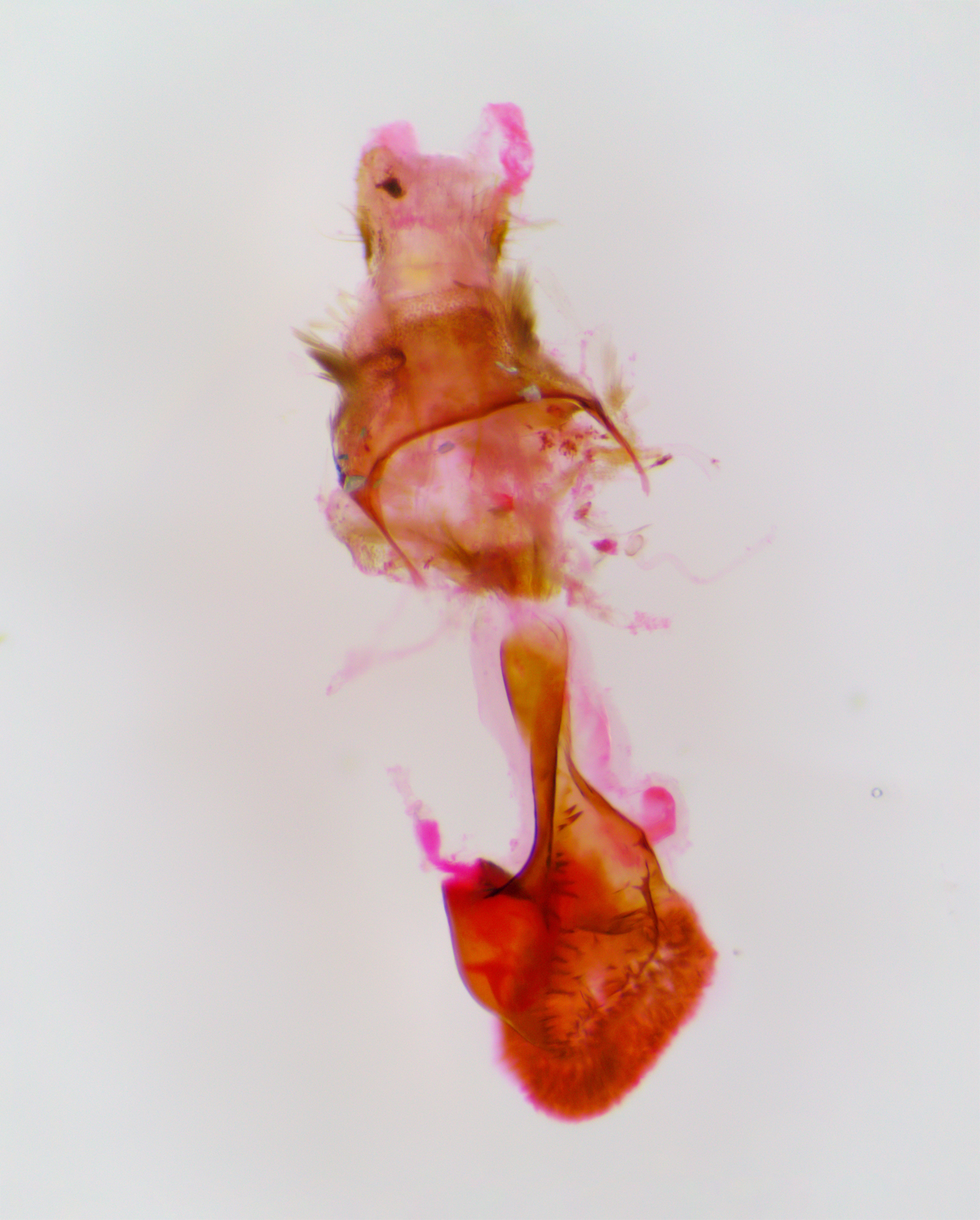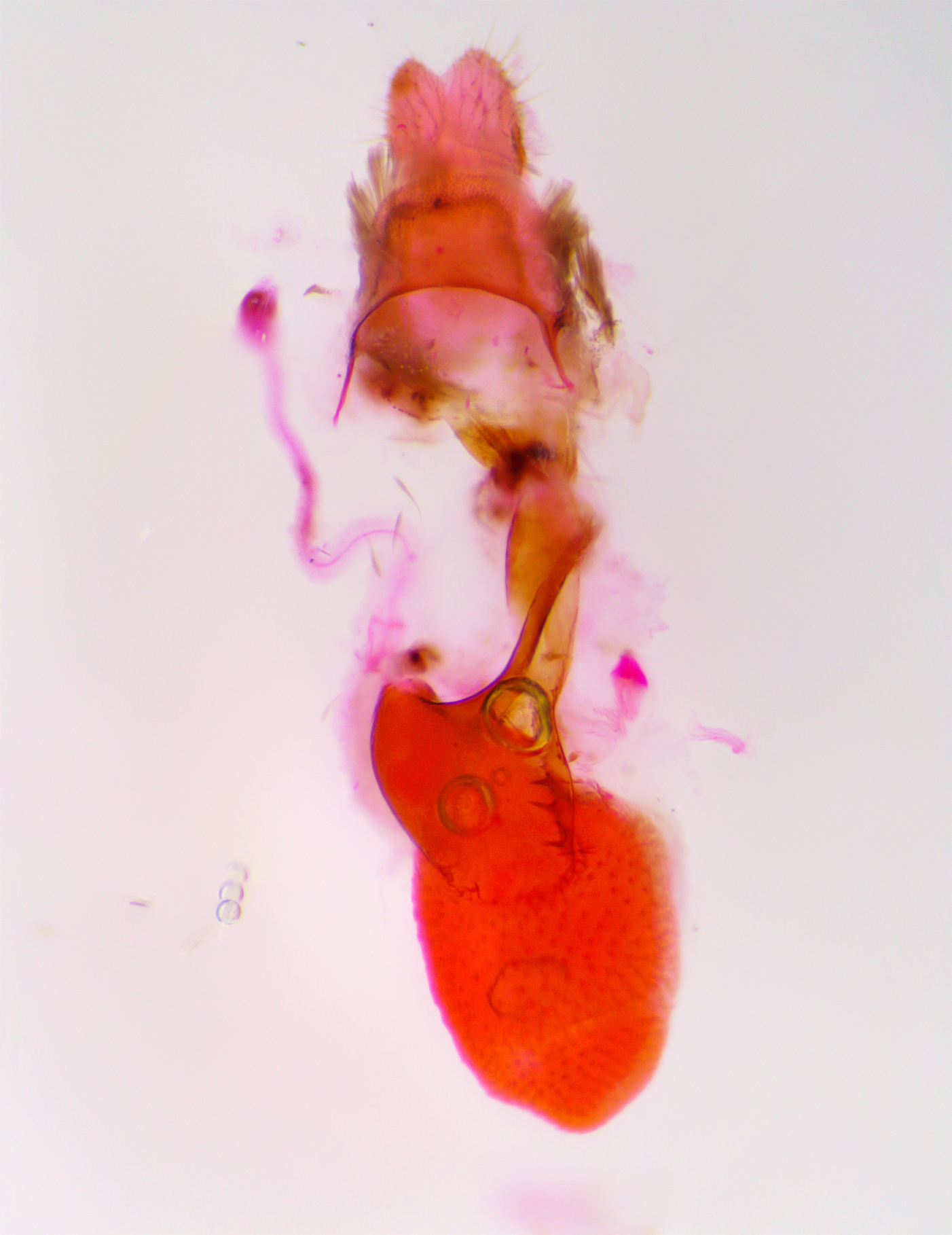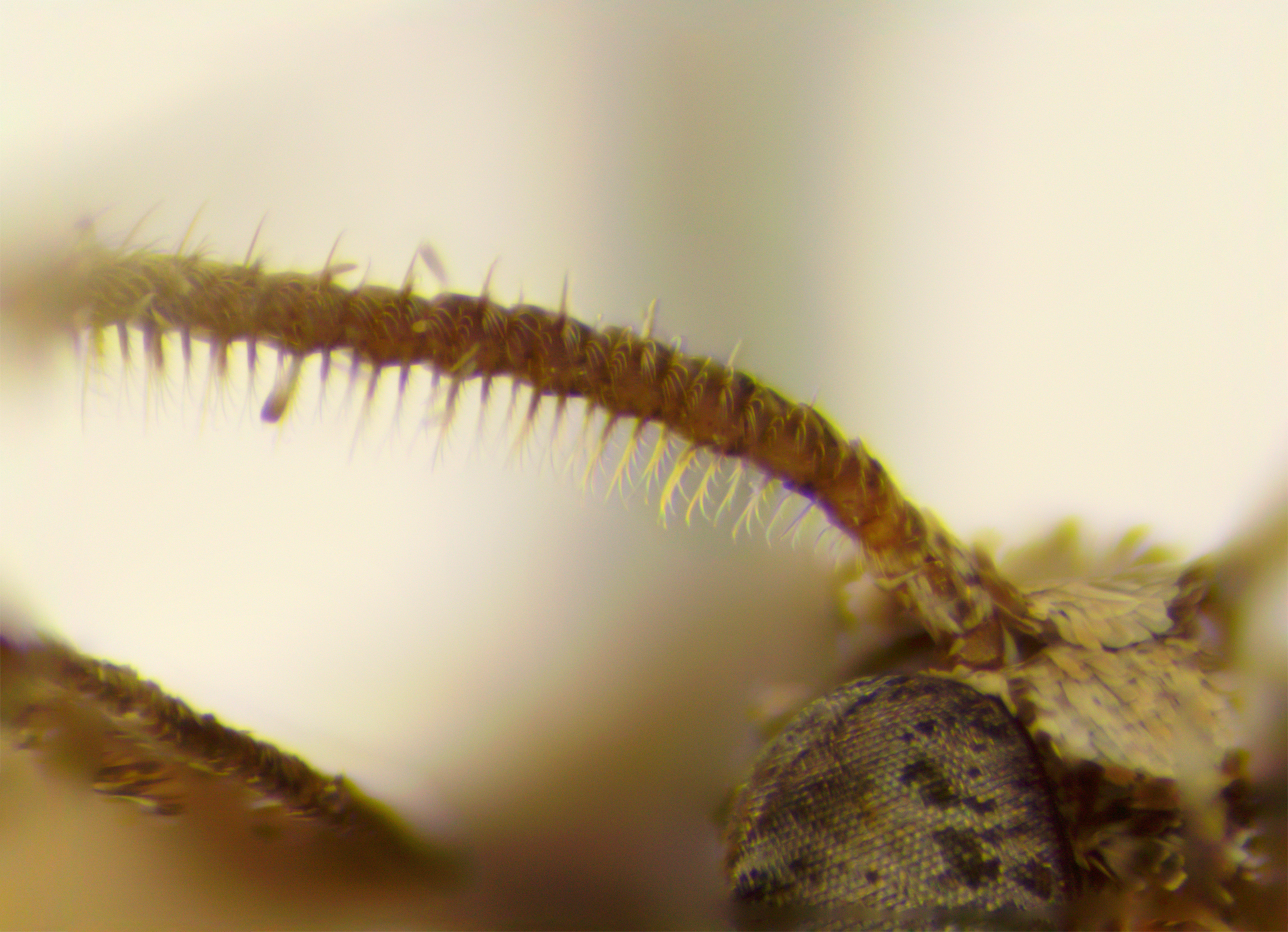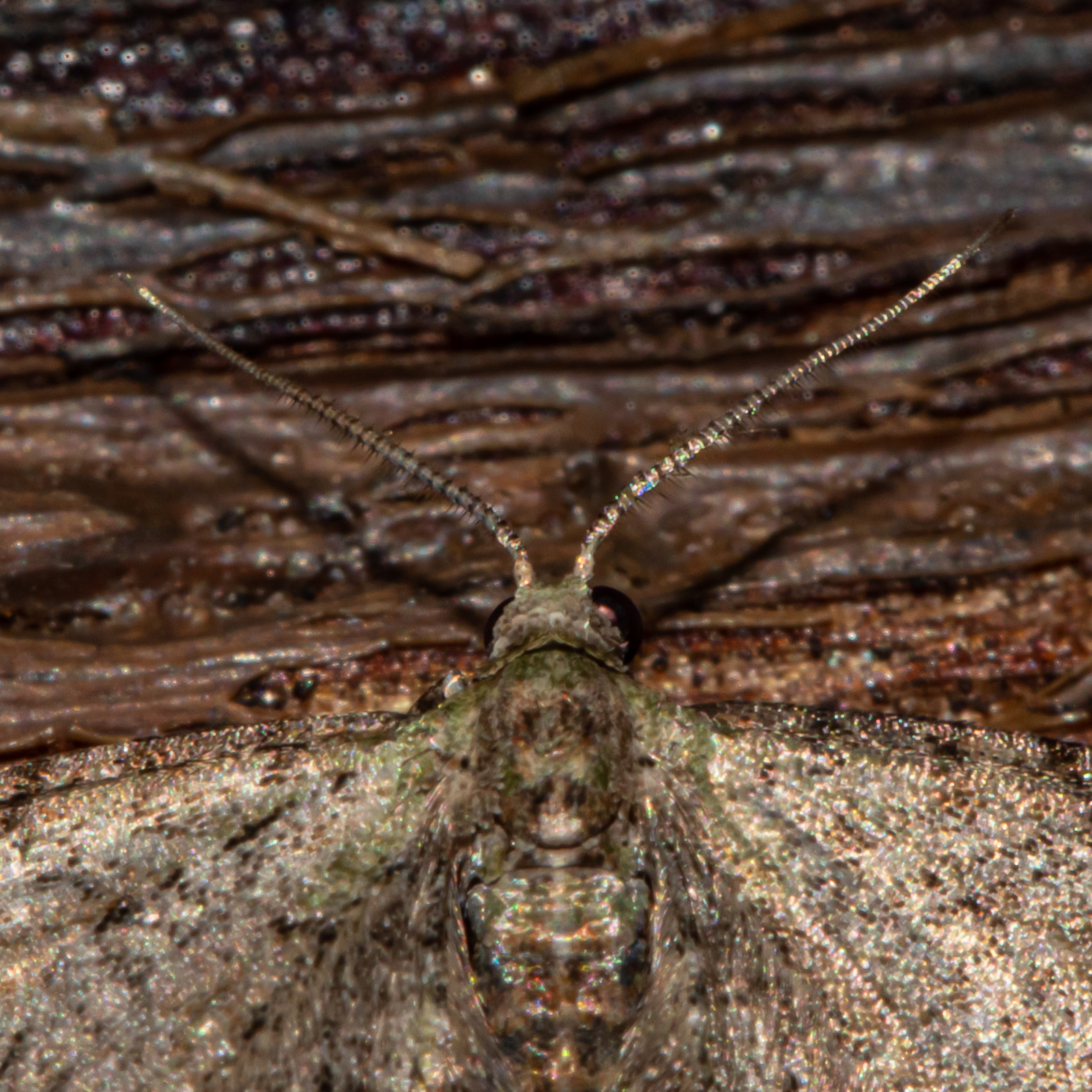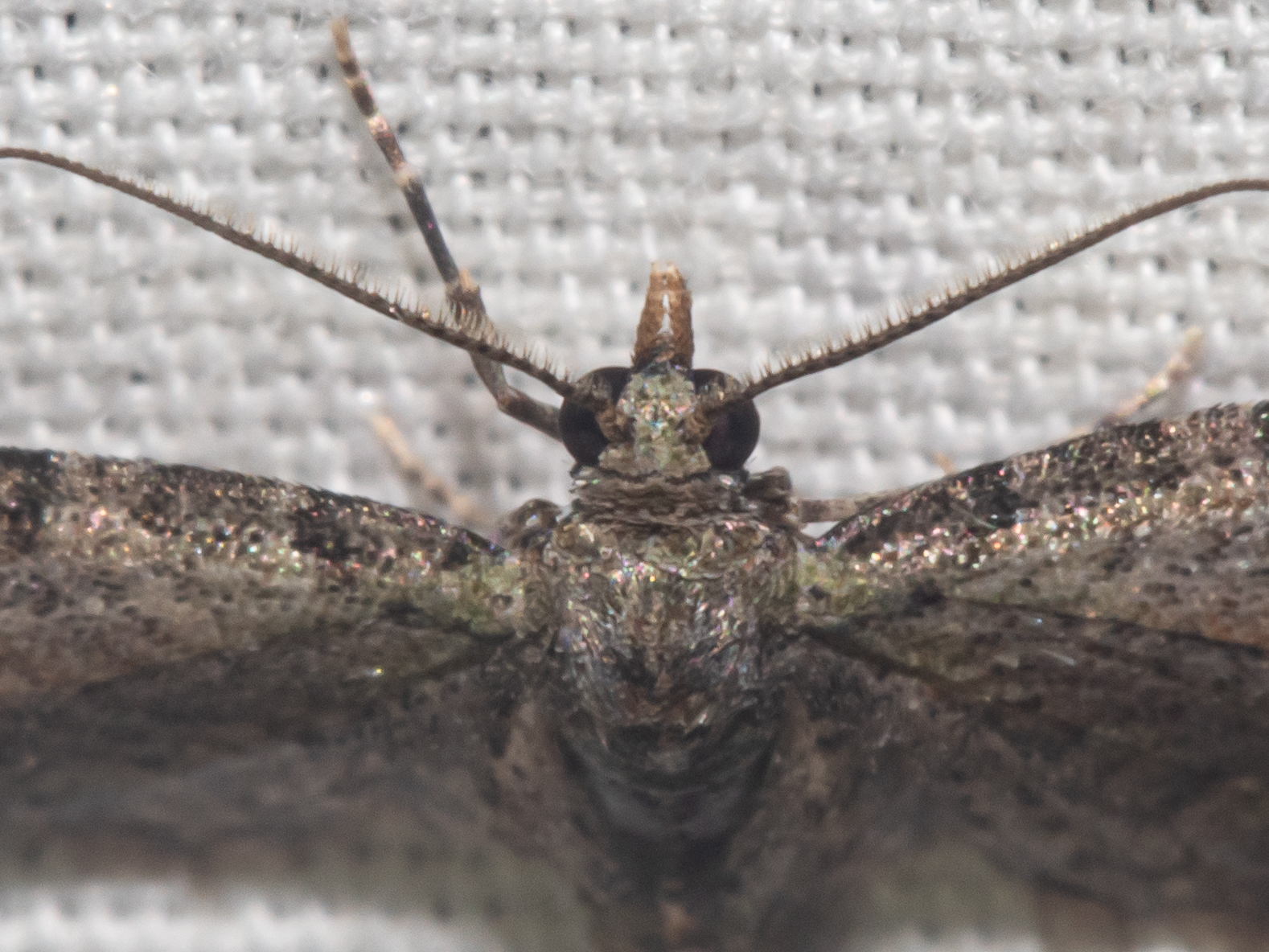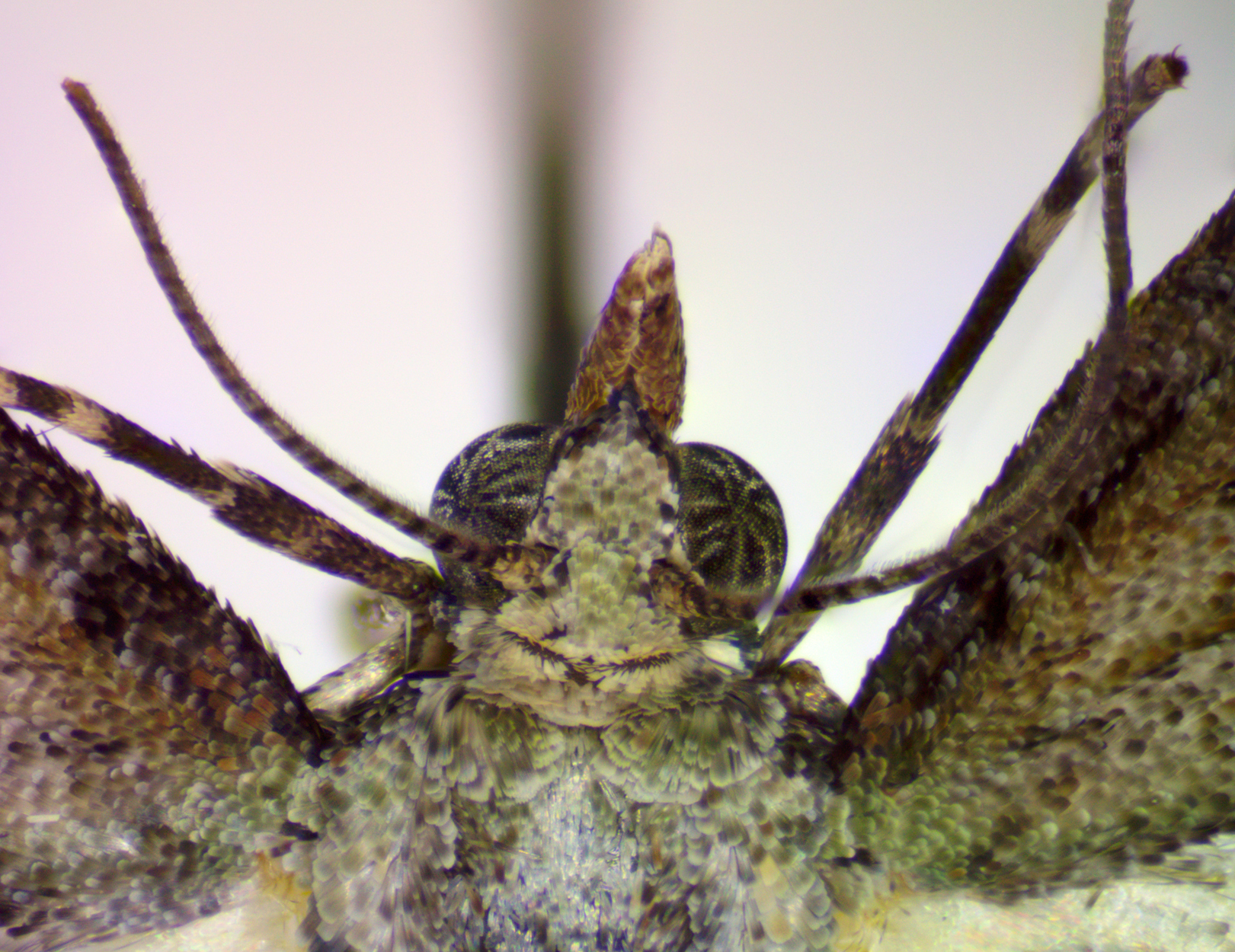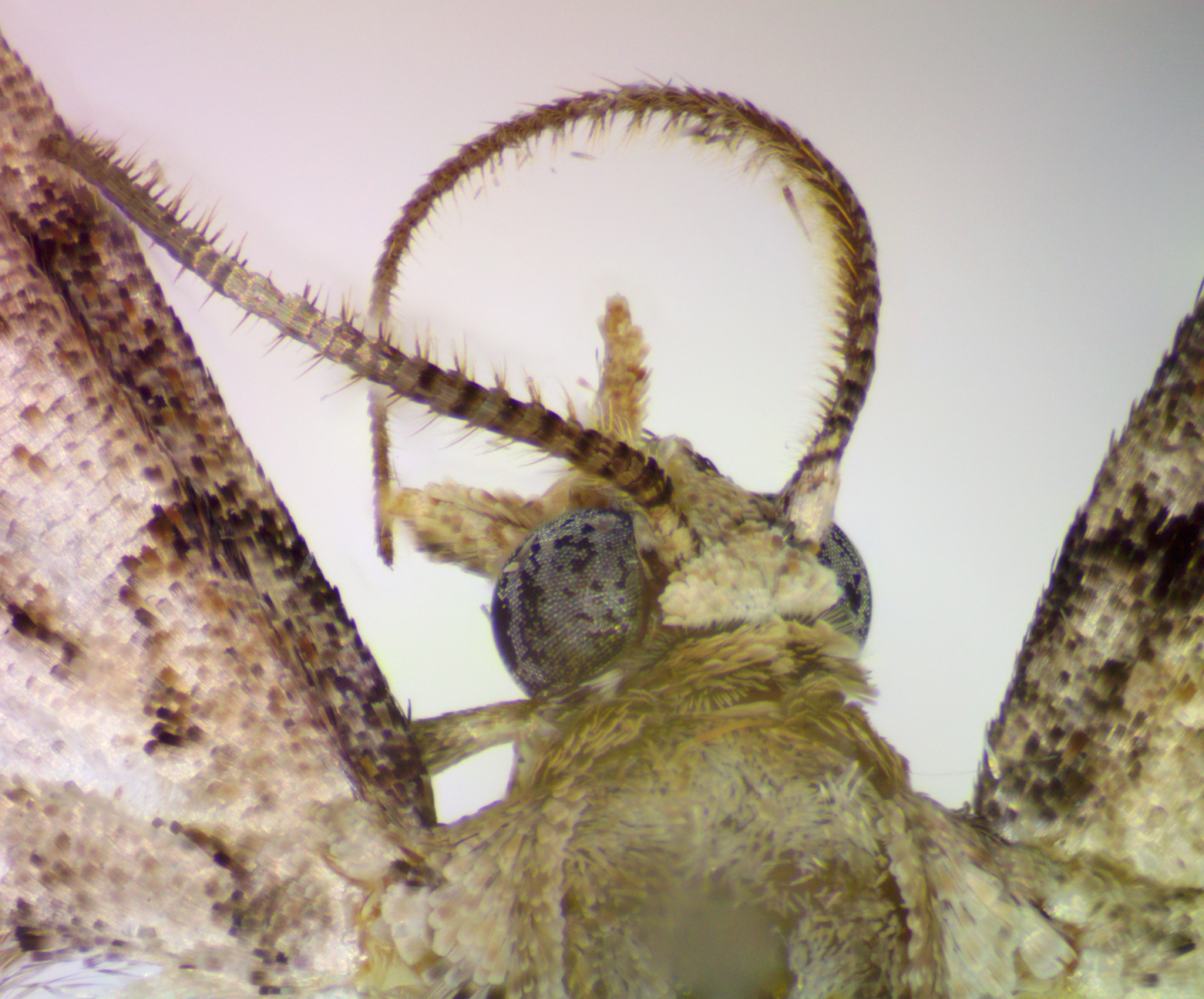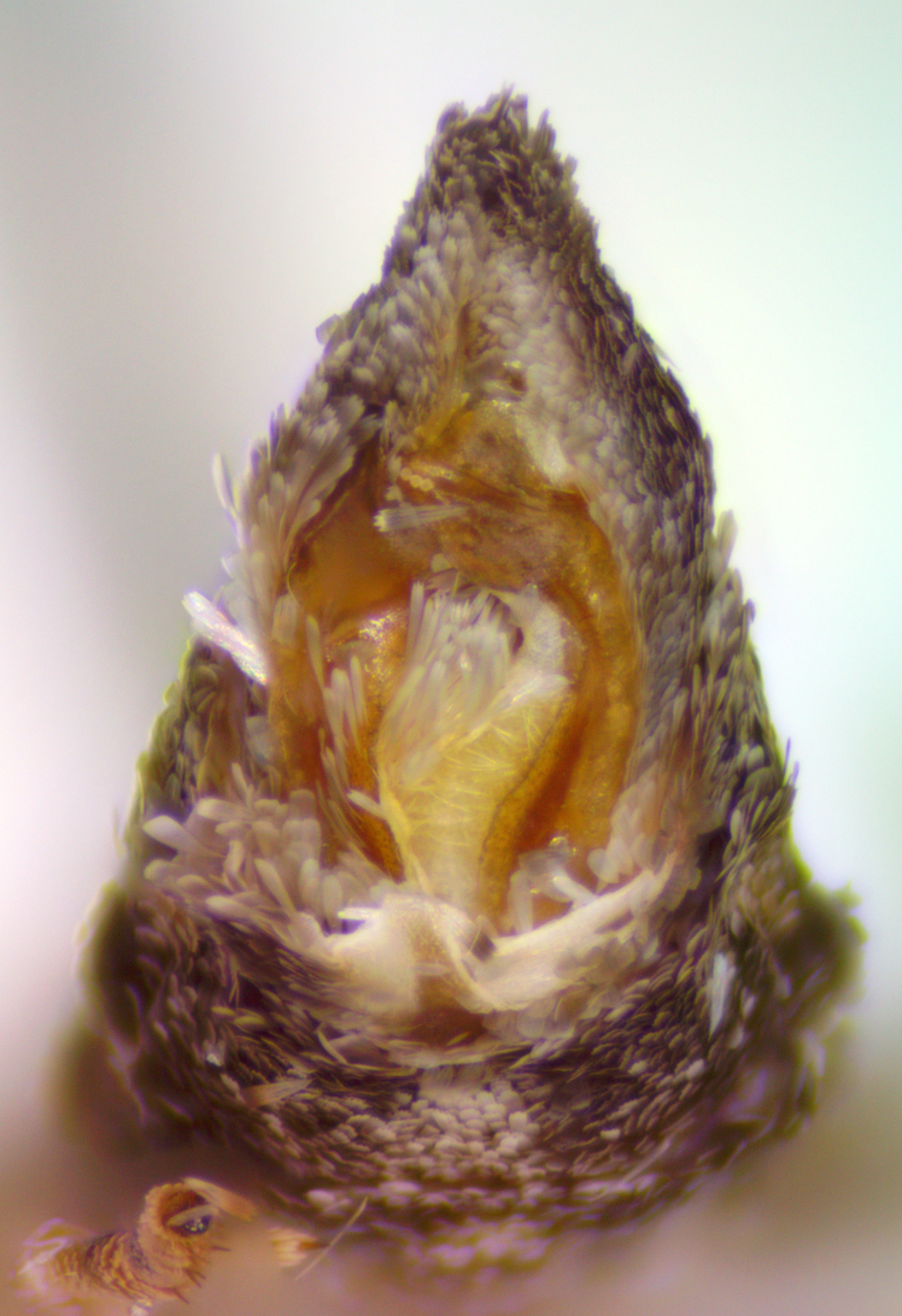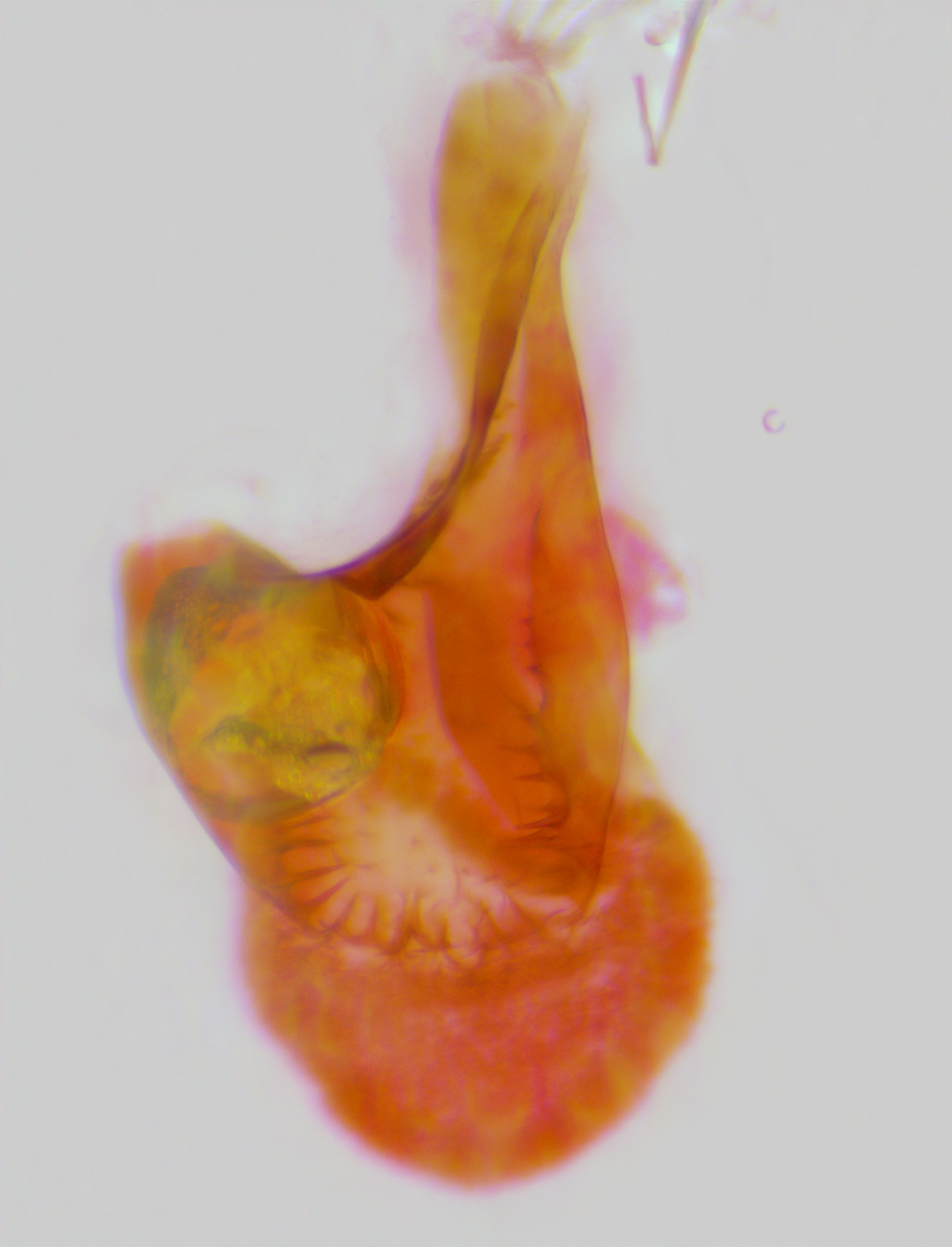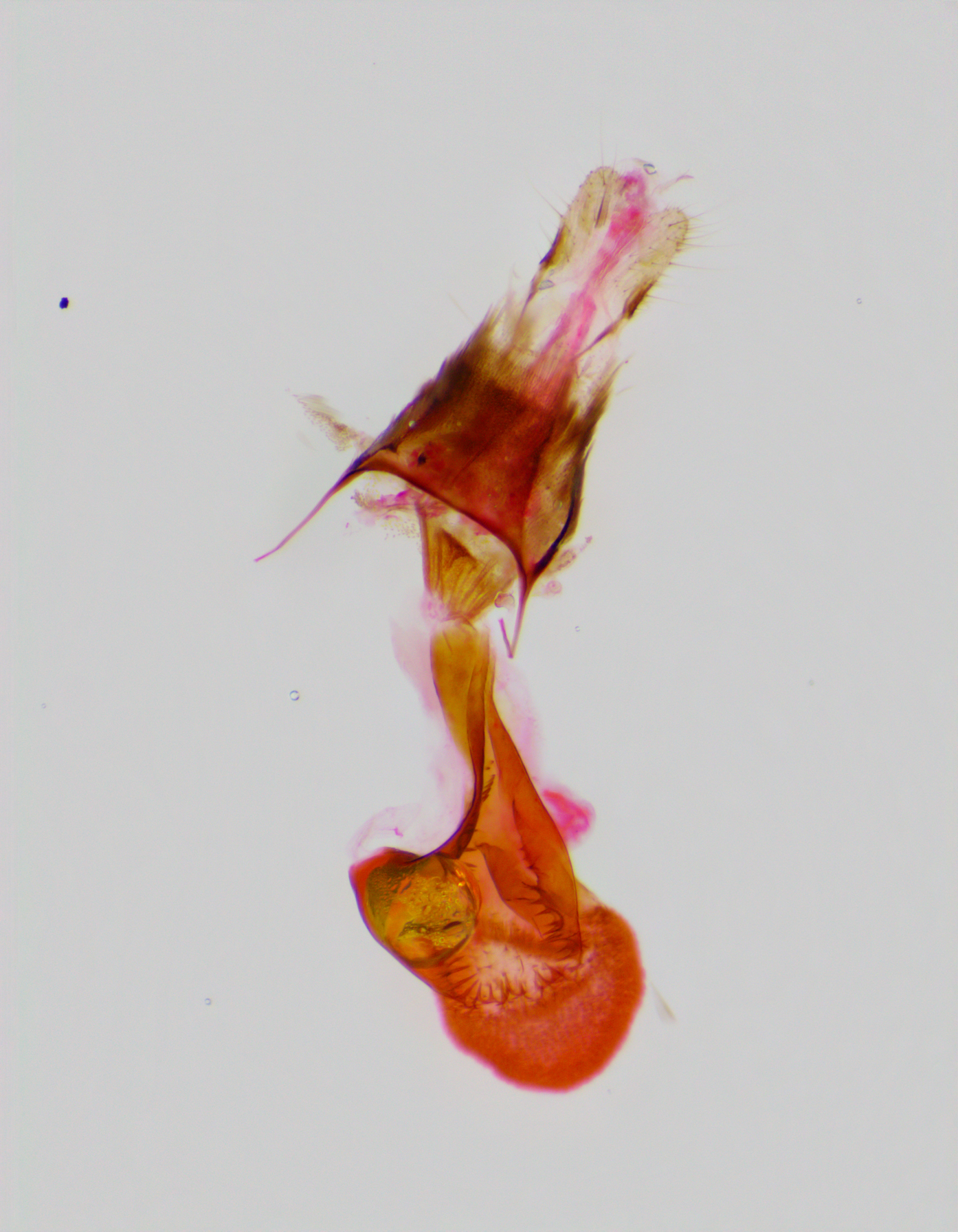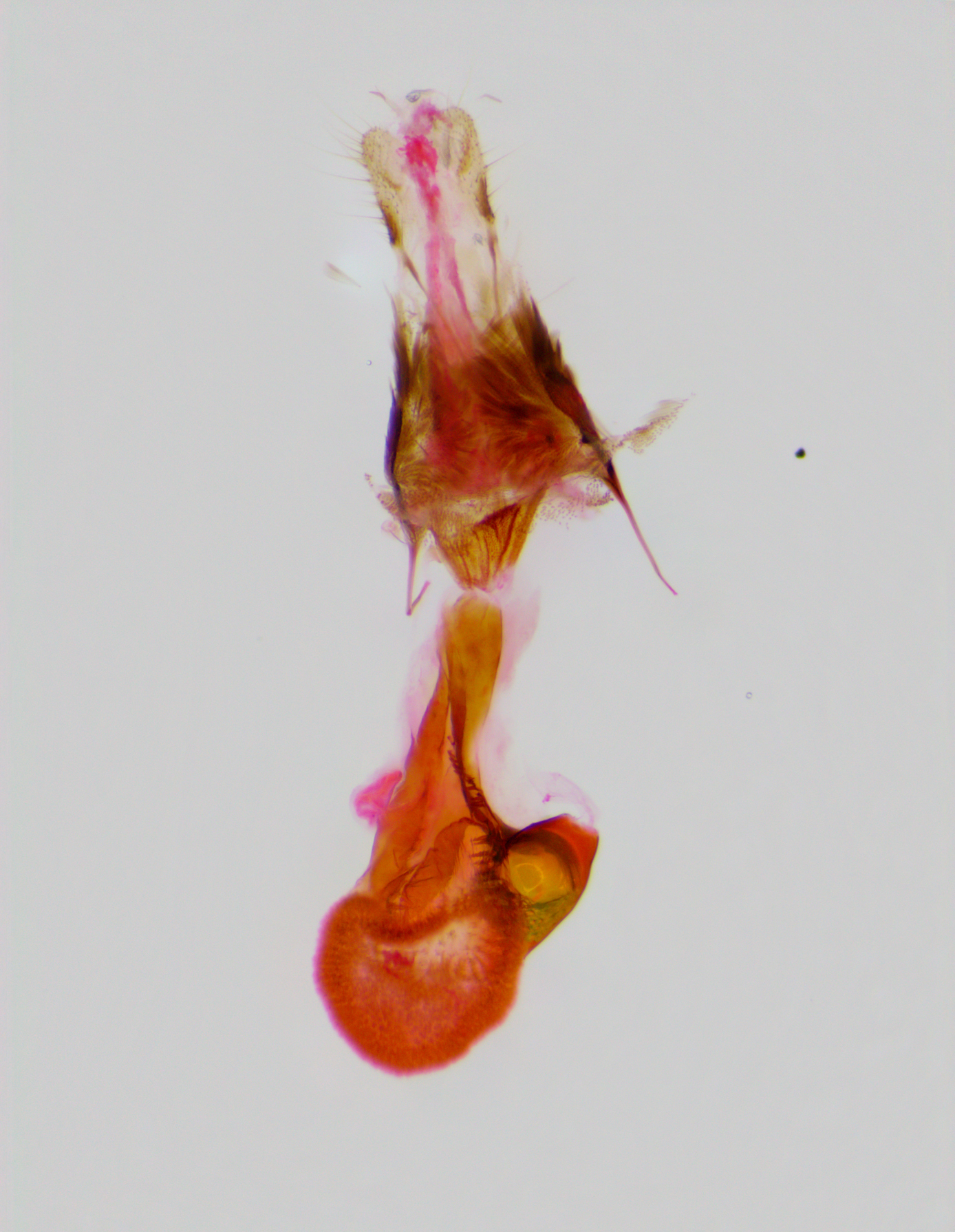Map Snapshot























431 Records
Seasonality Snapshot
Use of media featured on Maryland Biodiversity Project is only permitted with express permission of the photographer.
Common Eupithecia Moth in Carroll Co., Maryland (7/19/2021). Determined by Roger Downer/BAMONA.
View Record Details
Media by
Barbara Speckart.
Common Eupithecia Moth in Anne Arundel Co., Maryland (10/15/2020). (c) Timothy Reichard, all rights reserved.
View Record Details
Media by
Timothy Reichard.
A Common Eupithecia Moth in Allegany Co., Maryland (6/26/2015). Verified by Roger Downer/BAMONA.
View Record Details
Media by
Mark Etheridge.
A Common Eupithecia Moth in Anne Arundel Co., Maryland (5/28/2015). Verified by Roger Downer/BAMONA.
View Record Details
Media by
Robert Aguilar, SERC.
A Common Eupithecia Moth in Anne Arundel Co., Maryland (7/5/2014).
View Record Details
Media by
Hans Holbrook.
Common Eupithecia Moth in Anne Arundel Co., Maryland (3/9/2021). (c) Timothy Reichard, all rights reserved.
View Record Details
Media by
Timothy Reichard.
Common Eupithecia Moth in Anne Arundel Co., Maryland (4/27/2021). (c) Timothy Reichard, all rights reserved.
View Record Details
Media by
Timothy Reichard.
Common Eupithecia Moth in Howard Co., Maryland (8/26/2021). (c) Timothy Reichard, all rights reserved.
View Record Details
Media by
Timothy Reichard.
Common Eupithecia Moth in Anne Arundel Co., Maryland (4/27/2021). (c) Timothy Reichard, all rights reserved.
View Record Details
Media by
Timothy Reichard.
Common Eupithecia Moth in Anne Arundel Co., Maryland (10/14/2020). (c) Timothy Reichard, all rights reserved.
View Record Details
Media by
Timothy Reichard.
Common Eupithecia Moth in Anne Arundel Co., Maryland (8/2/2021). (c) Timothy Reichard, all rights reserved.
View Record Details
Media by
Timothy Reichard.
A Common Eupithecia Moth in Cecil Co., Maryland (8/19/2021).
View Record Details
Media by
Dave Webb.
A Common Eupithecia Moth in Baltimore Co., Maryland (8/9/2020).
View Record Details
Media by
Dave Webb.
Common Eupithecia Moth in Anne Arundel Co., Maryland (Date obscured). (c) Timothy Reichard, all rights reserved.
View Record Details
Media by
Timothy Reichard.
Common Eupithecia Moth in Anne Arundel Co., Maryland (7/13/2021). (c) Timothy Reichard, all rights reserved.
View Record Details
Media by
Timothy Reichard.
Common Eupithecia Moth in Frederick Co., Maryland (8/13/2021). (c) Timothy Reichard, all rights reserved.
View Record Details
Media by
Timothy Reichard.
Common Eupithecia Moth in Anne Arundel Co., Maryland (8/11/2023). (c) Timothy Reichard, all rights reserved.
View Record Details
Media by
Timothy Reichard.
A Common Eupithecia Moth in Baltimore Co., Maryland (6/18/2020).
View Record Details
Media by
Dave Webb.
Common Eupithecia Moth in Anne Arundel Co., Maryland (6/10/2023). (c) Timothy Reichard, all rights reserved.
View Record Details
Media by
Timothy Reichard.
A Common Eupithecia Moth in Prince George's Co., Maryland (6/14/2010).
View Record Details
Media by
Bob Patterson.
A Common Eupithecia Moth in Howard Co., Maryland (8//2002).
View Record Details
Media by
Larry Line.
A Common Eupithecia Moth in Howard Co., Maryland (8//2002).
View Record Details
Media by
Larry Line.
A Common Eupithecia Moth in Howard Co., Maryland (5/11/2003).
View Record Details
Media by
Larry Line.
Common Eupithecia Moth in Anne Arundel Co., Maryland (3/9/2021). (c) Timothy Reichard, all rights reserved.
View Record Details
Media by
Timothy Reichard.
Common Eupithecia Moth in Anne Arundel Co., Maryland (9/27/2020). (c) Timothy Reichard, all rights reserved.
View Record Details
Media by
Timothy Reichard.
Common Eupithecia Moth in Anne Arundel Co., Maryland (10/14/2020). (c) Timothy Reichard, all rights reserved.
View Record Details
Media by
Timothy Reichard.
Common Eupithecia Moth in Anne Arundel Co., Maryland (4/27/2021). (c) Timothy Reichard, all rights reserved.
View Record Details
Media by
Timothy Reichard.
Common Eupithecia Moth in Anne Arundel Co., Maryland (8/2/2021). (c) Timothy Reichard, all rights reserved.
View Record Details
Media by
Timothy Reichard.
Common Eupithecia Moth in Howard Co., Maryland (8/26/2021). (c) Timothy Reichard, all rights reserved.
View Record Details
Media by
Timothy Reichard.
Common Eupithecia Moth in Frederick Co., Maryland (8/12/2021). (c) Timothy Reichard, all rights reserved.
View Record Details
Media by
Timothy Reichard.
Common Eupithecia Moth in Frederick Co., Maryland (8/13/2021). (c) Timothy Reichard, all rights reserved.
View Record Details
Media by
Timothy Reichard.
Common Eupithecia Moth in Anne Arundel Co., Maryland (7/13/2021). (c) Timothy Reichard, all rights reserved.
View Record Details
Media by
Timothy Reichard.
Common Eupithecia Moth in Anne Arundel Co., Maryland (4/14/2023). (c) Hugh McGuinness, all rights reserved.
View Record Details
Media by
Hugh McGuinness.
Common Eupithecia Moth in Anne Arundel Co., Maryland (4/14/2023). (c) Hugh McGuinness, all rights reserved.
View Record Details
Media by
Hugh McGuinness.
A Common Eupithecia Moth caterpillar in Howard Co., Maryland (10/3/2013). Determined by Roger Downer/BAMONA.
View Record Details
Media by
Kurt Schwarz.
A Common Eupithecia Moth caterpillar in Montgomery Co., Maryland (6/11/2010).
View Record Details
Media by
Sara Tangren.
A Common Eupithecia Moth caterpillar in Calvert Co., Maryland (11/14/2005).
View Record Details
Media by
Arlene Ripley.
A Common Eupithecia Moth caterpillar in Calvert Co., Maryland (11/14/2005).
View Record Details
Media by
Arlene Ripley.
A Common Eupithecia Moth caterpillar in Washington Co., Maryland (9/8/2020).
View Record Details
Media by
Mark Etheridge.
Common Eupithecia Moth in Anne Arundel Co., Maryland (4/27/2021). (c) Timothy Reichard, all rights reserved.
View Record Details
Media by
Timothy Reichard.
Common Eupithecia Moth in Anne Arundel Co., Maryland (4/27/2021). (c) Timothy Reichard, all rights reserved.
View Record Details
Media by
Timothy Reichard.
Common Eupithecia Moth in Anne Arundel Co., Maryland (7/13/2021). (c) Timothy Reichard, all rights reserved.
View Record Details
Media by
Timothy Reichard.
Common Eupithecia Moth in Anne Arundel Co., Maryland (4/27/2021). (c) Timothy Reichard, all rights reserved.
View Record Details
Media by
Timothy Reichard.
Common Eupithecia Moth in Anne Arundel Co., Maryland (4/27/2021). (c) Timothy Reichard, all rights reserved.
View Record Details
Media by
Timothy Reichard.
Common Eupithecia Moth in Howard Co., Maryland (8/26/2021). (c) Timothy Reichard, all rights reserved.
View Record Details
Media by
Timothy Reichard.
Common Eupithecia Moth in Frederick Co., Maryland (8/12/2021). (c) Timothy Reichard, all rights reserved.
View Record Details
Media by
Timothy Reichard.
Common Eupithecia Moth in Frederick Co., Maryland (8/12/2021). (c) Timothy Reichard, all rights reserved.
View Record Details
Media by
Timothy Reichard.
Common Eupithecia Moth in Frederick Co., Maryland (8/12/2021). (c) Timothy Reichard, all rights reserved.
View Record Details
Media by
Timothy Reichard.
Common Eupithecia Moth in Anne Arundel Co., Maryland (7/13/2021). (c) Timothy Reichard, all rights reserved.
View Record Details
Media by
Timothy Reichard.
Common Eupithecia Moth in Frederick Co., Maryland (8/13/2021). (c) Timothy Reichard, all rights reserved.
View Record Details
Media by
Timothy Reichard.
Common Eupithecia Moth in Frederick Co., Maryland (8/13/2021). (c) Timothy Reichard, all rights reserved.
View Record Details
Media by
Timothy Reichard.
Common Eupithecia Moth in Anne Arundel Co., Maryland (8/2/2021). (c) Timothy Reichard, all rights reserved.
View Record Details
Media by
Timothy Reichard.
Common Eupithecia Moth in Anne Arundel Co., Maryland (8/2/2021). (c) Timothy Reichard, all rights reserved.
View Record Details
Media by
Timothy Reichard.
Common Eupithecia Moth in Howard Co., Maryland (8/26/2021). (c) Timothy Reichard, all rights reserved.
View Record Details
Media by
Timothy Reichard.
Common Eupithecia Moth in Anne Arundel Co., Maryland (10/15/2020). (c) Timothy Reichard, all rights reserved.
View Record Details
Media by
Timothy Reichard.
Common Eupithecia Moth in Anne Arundel Co., Maryland (11/9/2020). (c) Timothy Reichard, all rights reserved.
View Record Details
Media by
Timothy Reichard.
Common Eupithecia Moth in Anne Arundel Co., Maryland (9/27/2020). (c) Timothy Reichard, all rights reserved.
View Record Details
Media by
Timothy Reichard.
Common Eupithecia Moth in Anne Arundel Co., Maryland (10/14/2020). (c) Timothy Reichard, all rights reserved.
View Record Details
Media by
Timothy Reichard.
Common Eupithecia Moth in Anne Arundel Co., Maryland (10/14/2020). (c) Timothy Reichard, all rights reserved.
View Record Details
Media by
Timothy Reichard.
Common Eupithecia Moth in Anne Arundel Co., Maryland (3/9/2021). (c) Timothy Reichard, all rights reserved.
View Record Details
Media by
Timothy Reichard.
Common Eupithecia Moth in Anne Arundel Co., Maryland (3/9/2021). (c) Timothy Reichard, all rights reserved.
View Record Details
Media by
Timothy Reichard.
Common Eupithecia Moth in Anne Arundel Co., Maryland (3/9/2021). (c) Timothy Reichard, all rights reserved.
View Record Details
Media by
Timothy Reichard.
Source: Wikipedia
| Eupithecia miserulata | |
|---|---|

| |
| Scientific classification | |
| Domain: | Eukaryota |
| Kingdom: | Animalia |
| Phylum: | Arthropoda |
| Class: | Insecta |
| Order: | Lepidoptera |
| Family: | Geometridae |
| Genus: | Eupithecia |
| Species: | E. miserulata
|
| Binomial name | |
| Eupithecia miserulata | |
| Synonyms | |
| |
Eupithecia miserulata, the common eupithecia, is a moth of the family Geometridae. The species was first described by Augustus Radcliffe Grote in 1863 and it can be found in North America, from Ontario and Maine in the north to Florida, Mississippi, Louisiana and Texas in the south. It is also found in Arizona and California.[2]

The wingspan is 12–20 mm. The moths flies from March to November depending on the location.
The larvae feed on a wide range of plants, including coneflower, asters, willows, cherry, juniper and clover.
Subspecies
[edit]- Eupithecia miserulata miserulata (most of eastern North America)
- Eupithecia miserulata vitans Schaus, 1913
- Eupithecia miserulata zela Swett & Cassino, 1919 (California)
References
[edit]- ^ Yu, Dicky Sick Ki. "Eupithecia miserulata Grote 1863". Home of Ichneumonoidea. Taxapad. Archived from the original on March 24, 2016.
- ^ Rindge, Frederick H. (February 19, 1985). "The Eupithecia (Lepidoptera, Geometridae) of Mississippi and Louisiana" (PDF). American Museum Novitates (2809): 1–18.
External links
[edit]Wikimedia Commons has media related to Eupithecia miserulata.
Wikispecies has information related to Eupithecia miserulata.
- McLeod, Robin (March 1, 2019). "Species Eupithecia miserulata - Common Eupithecia - Hodges#7474". BugGuide. Retrieved March 3, 2019.
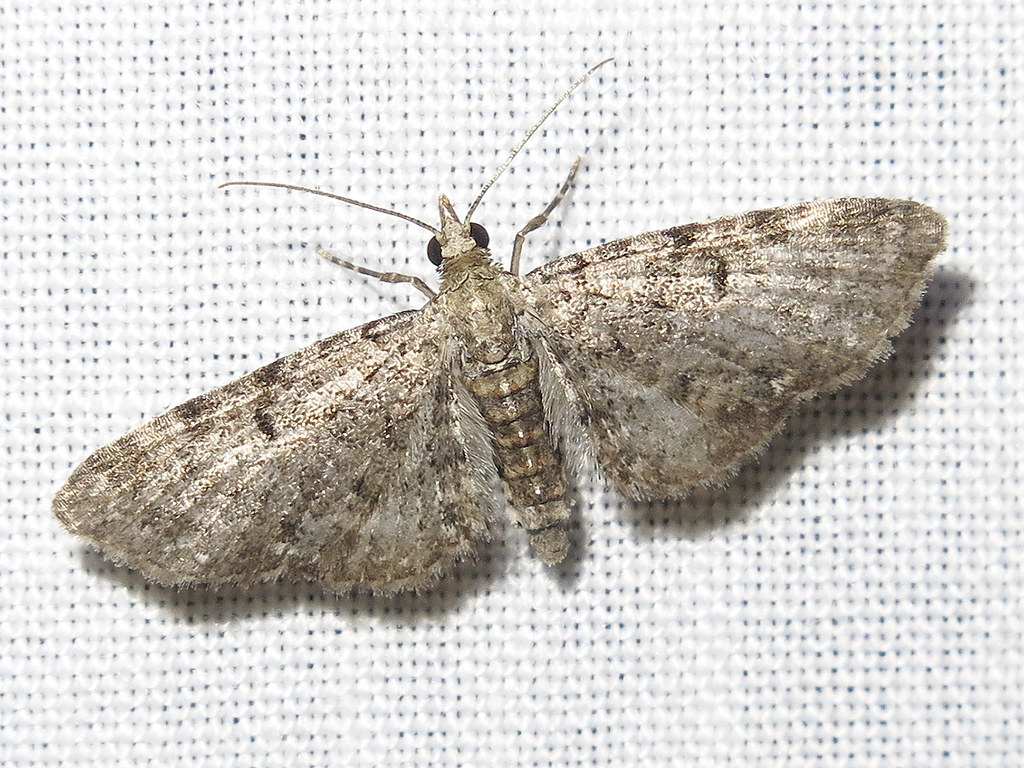
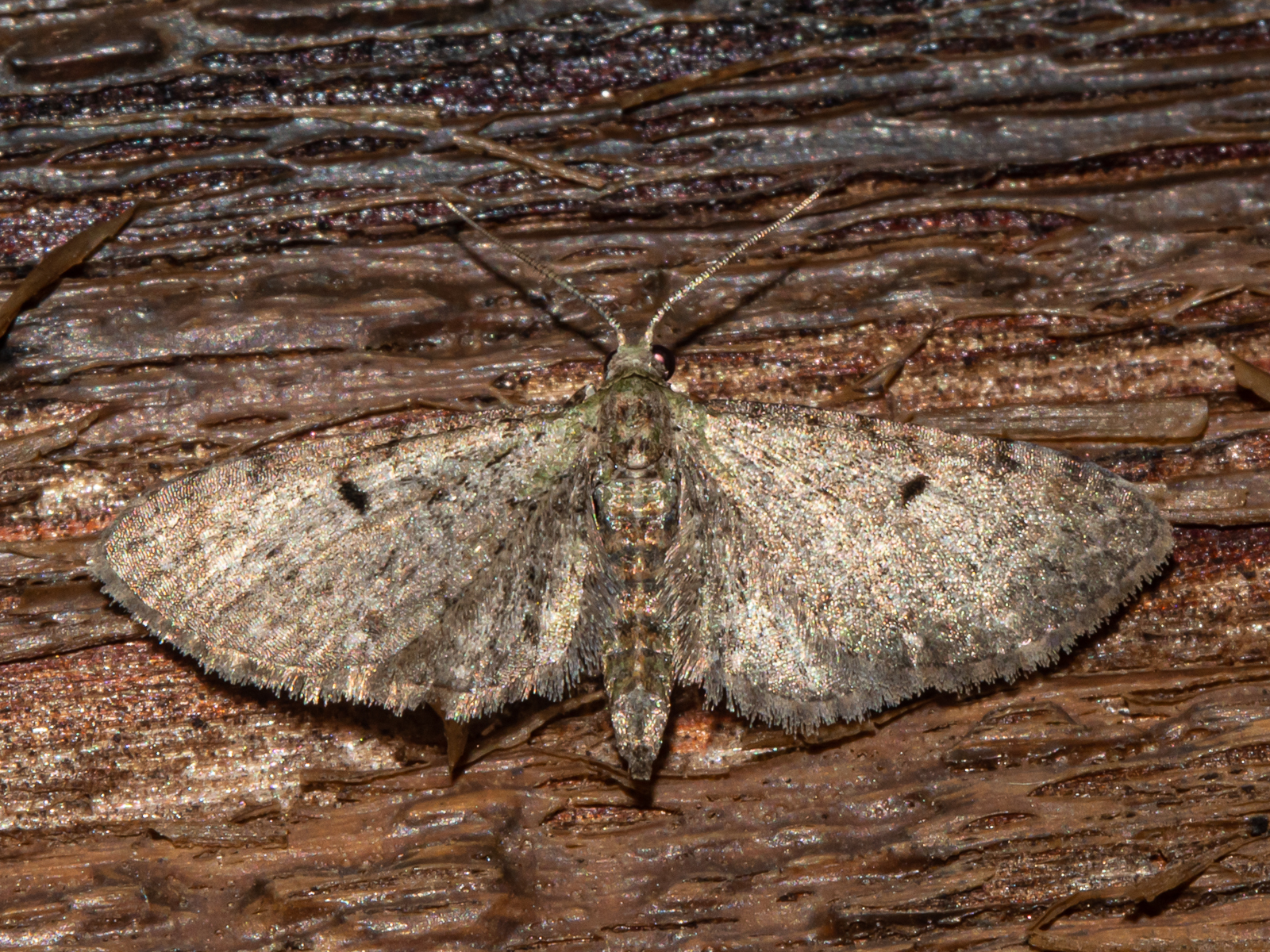
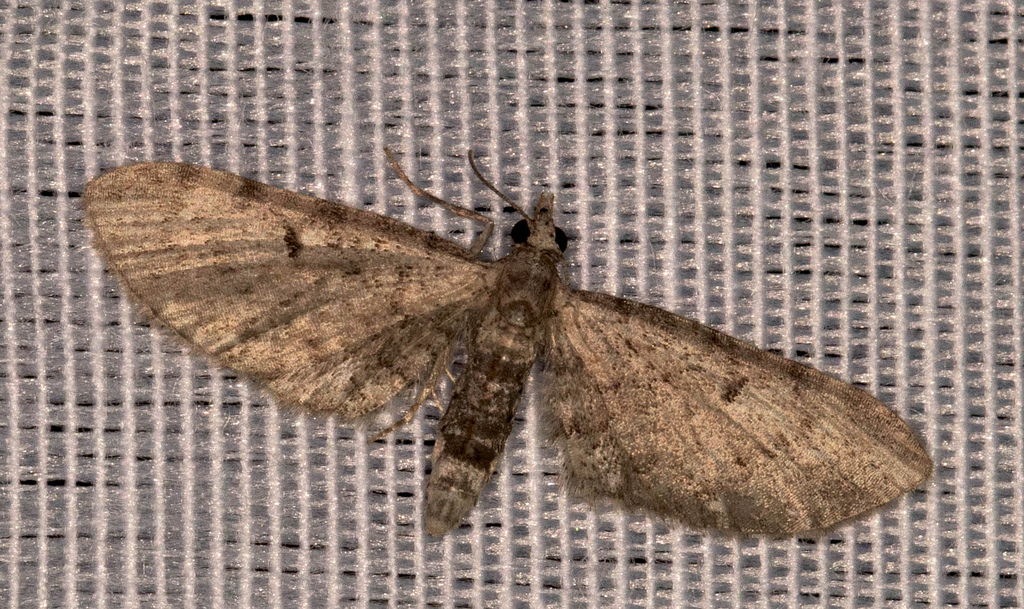
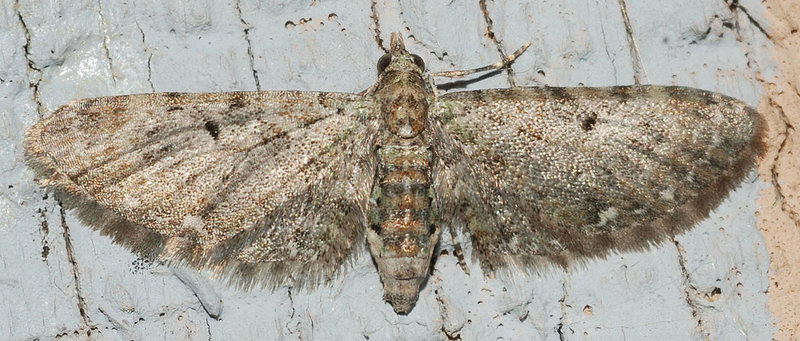

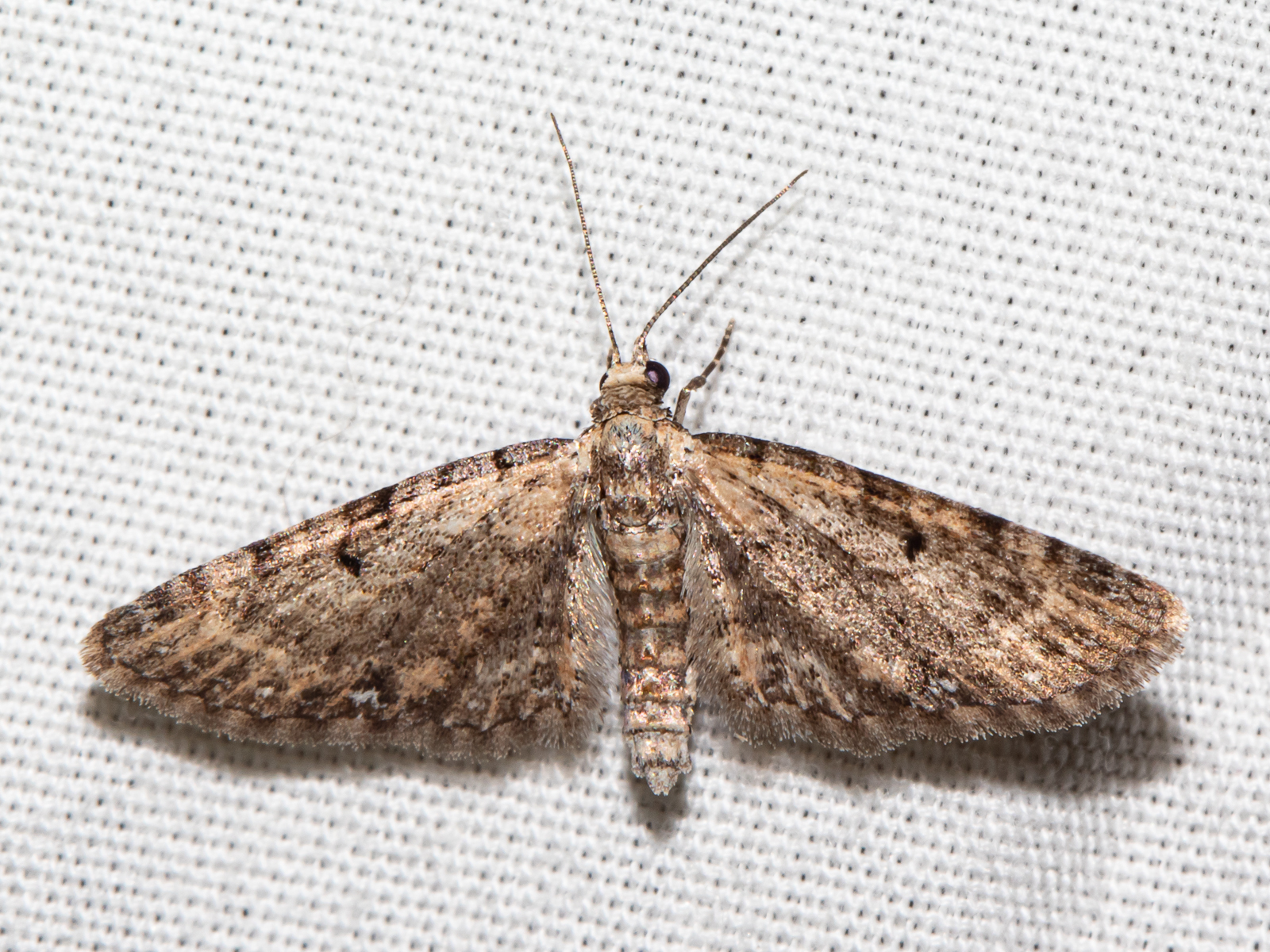
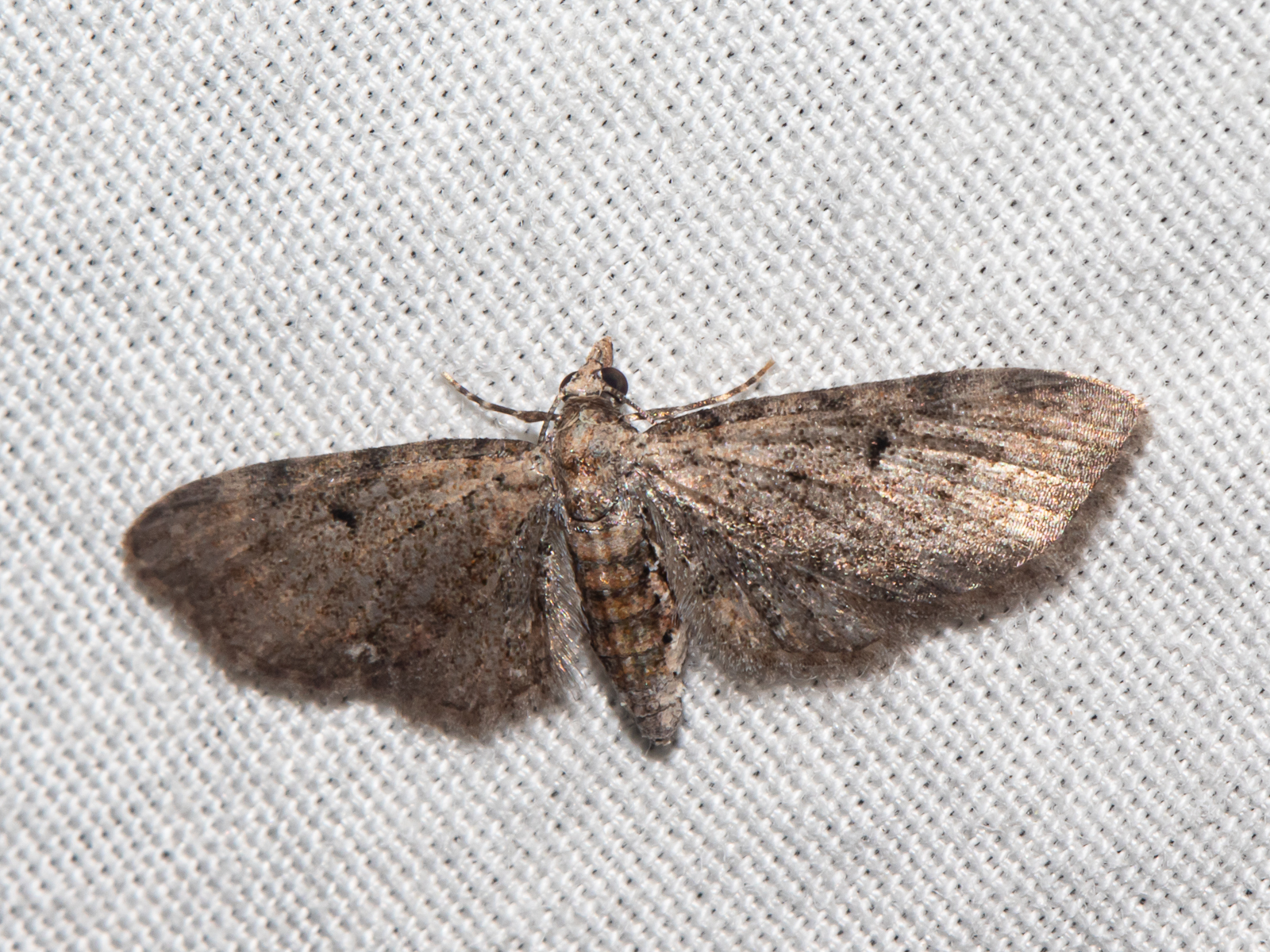

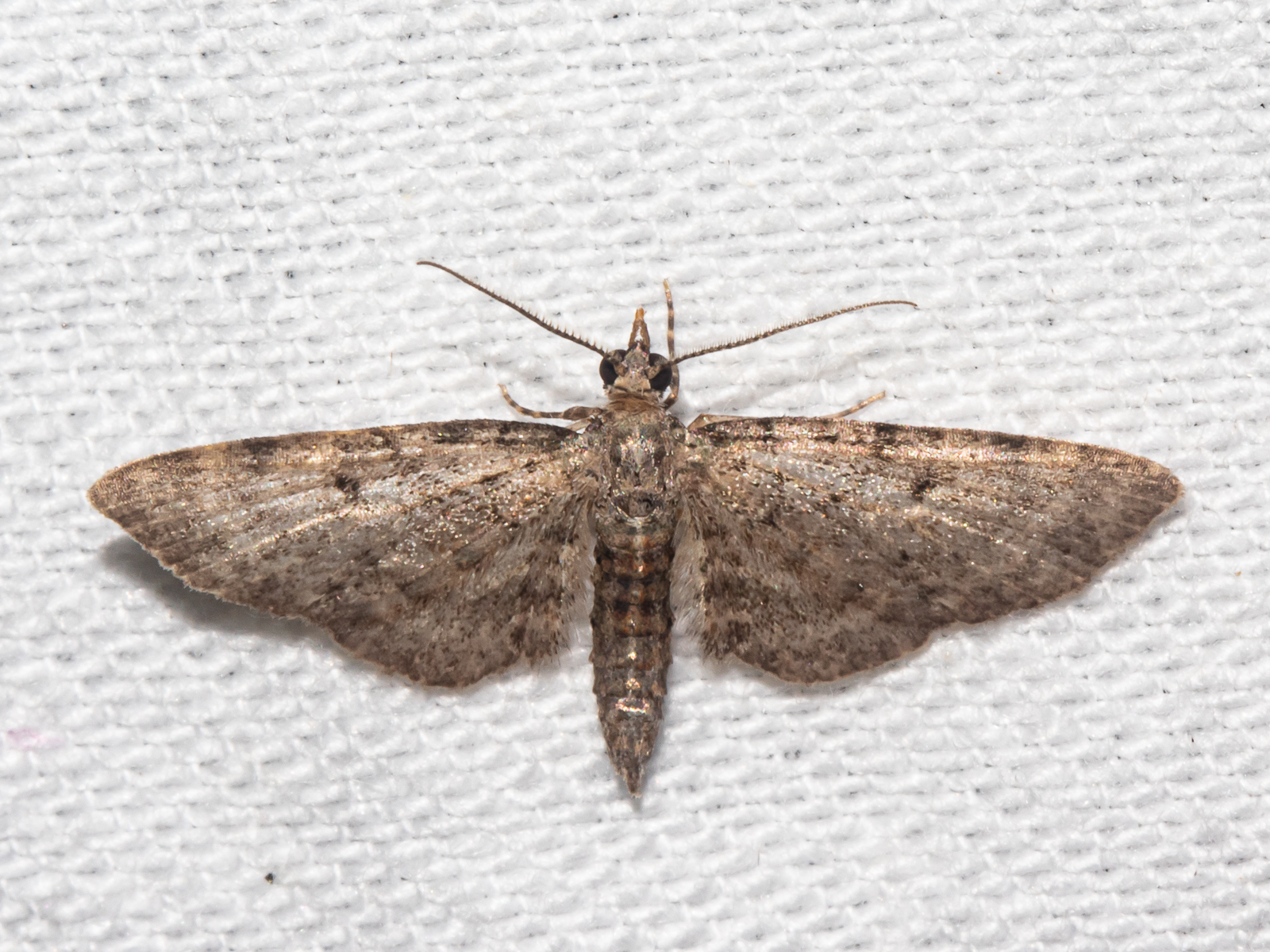
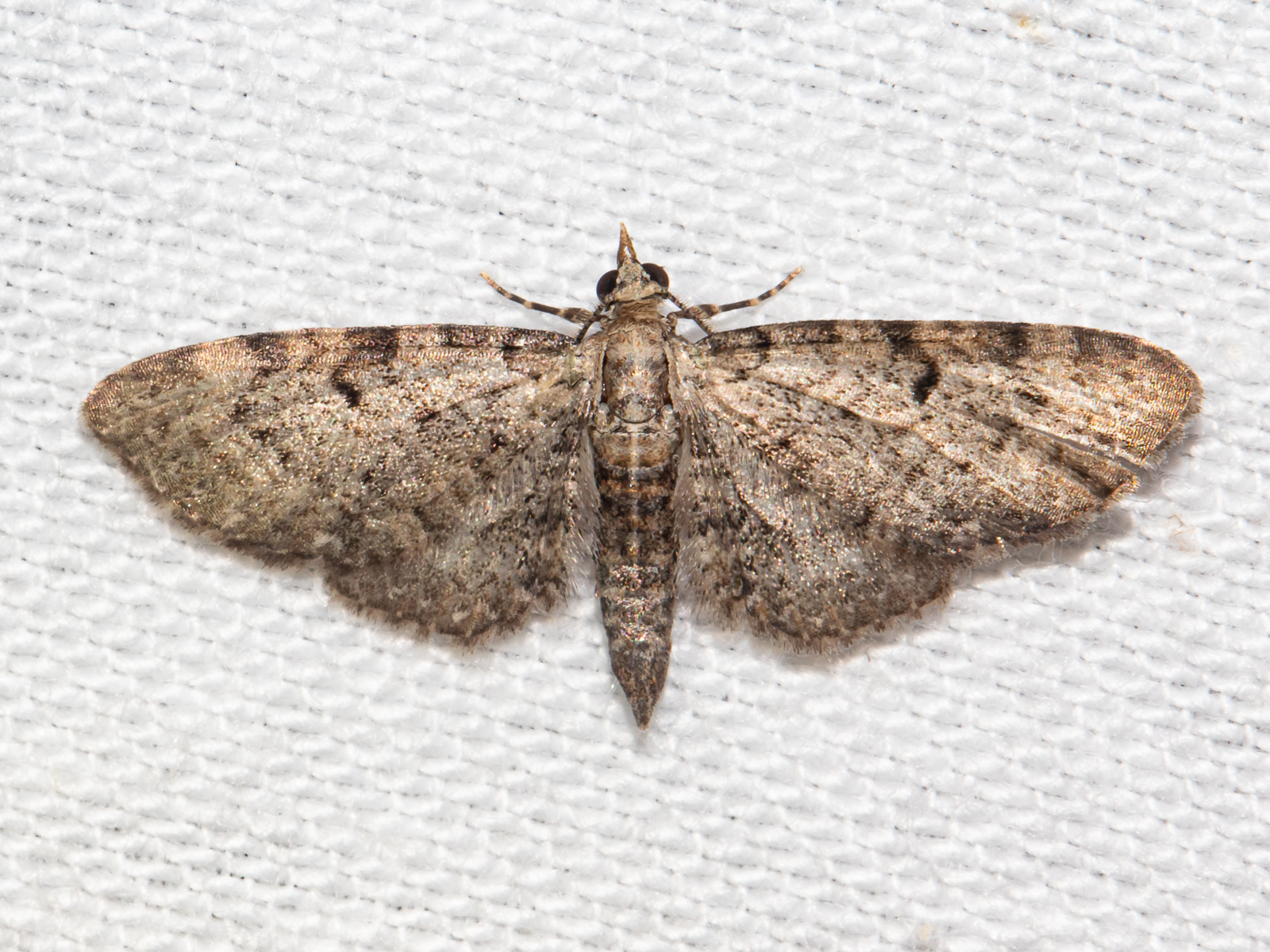
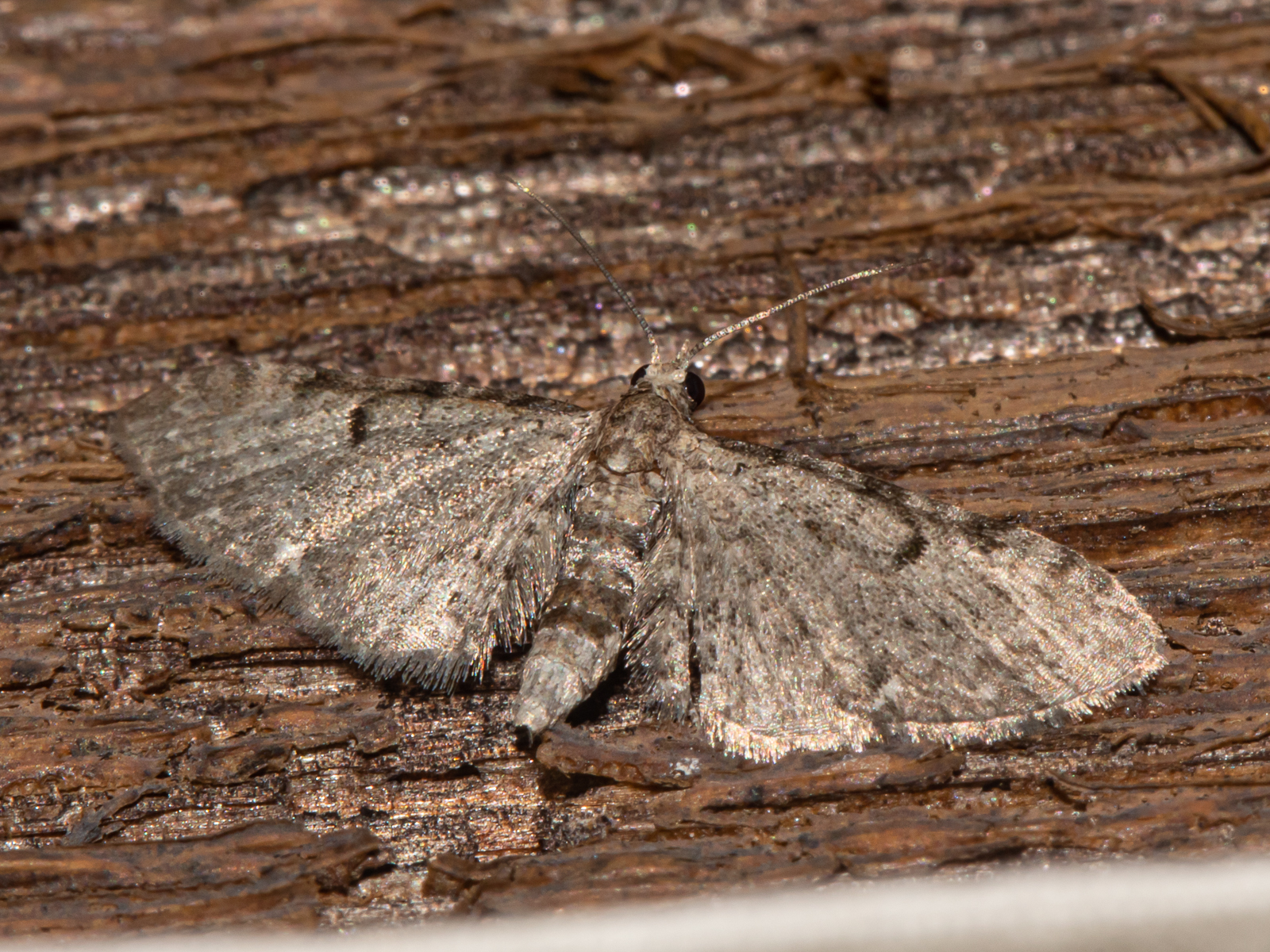
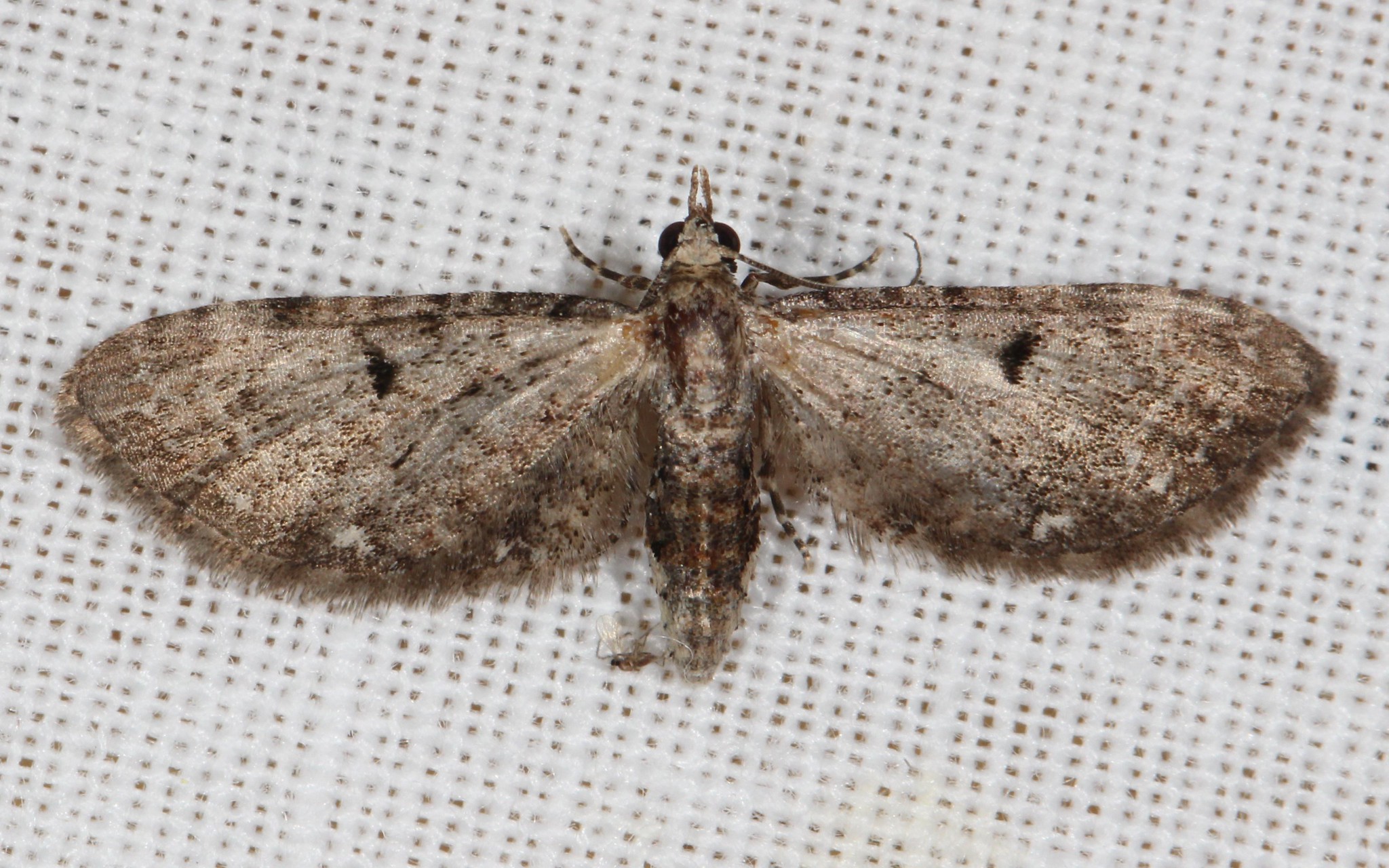
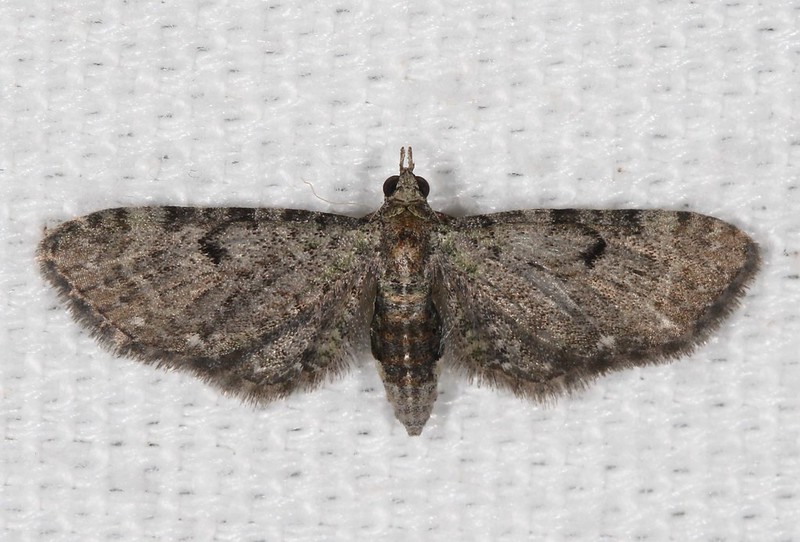
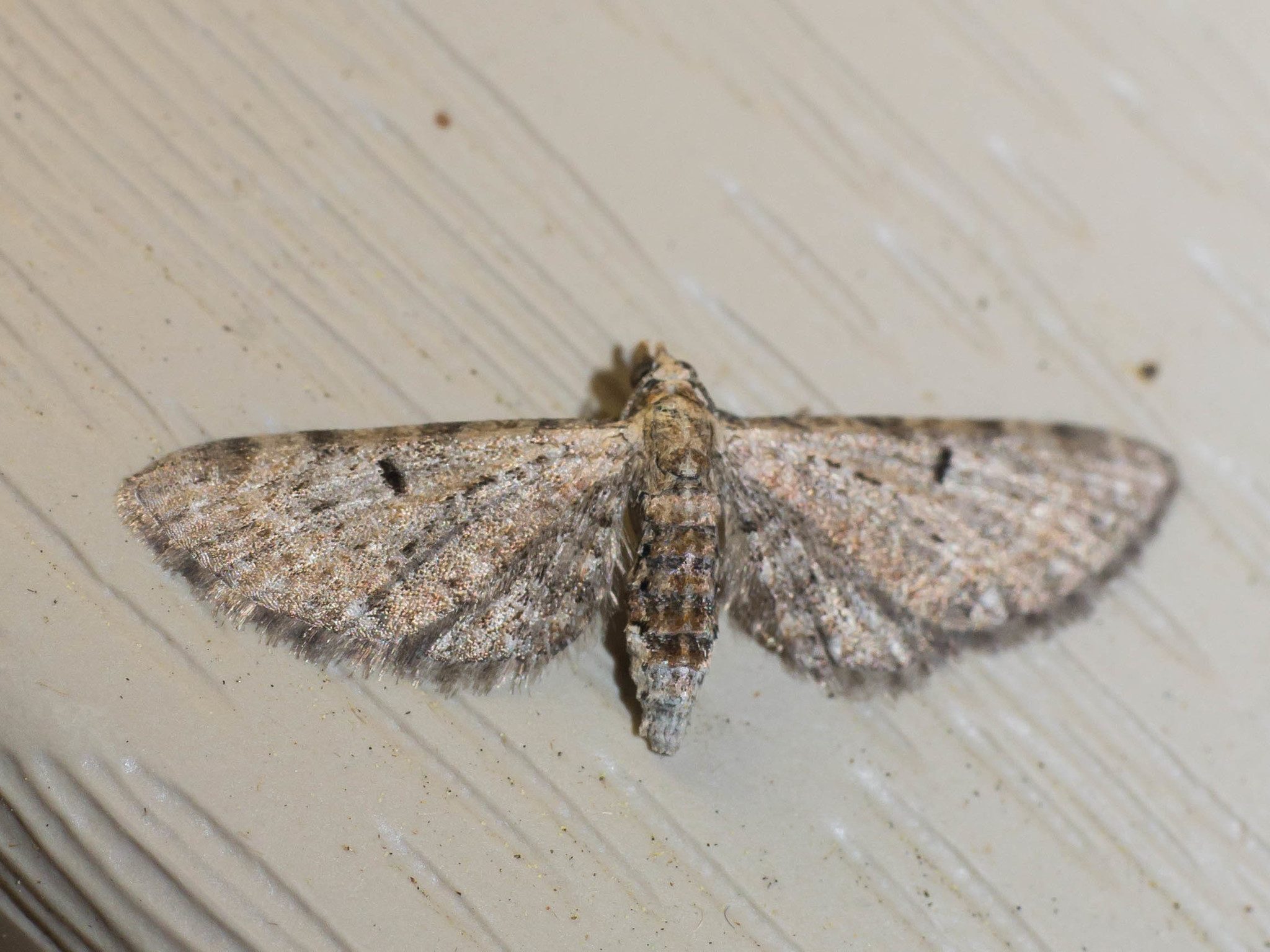
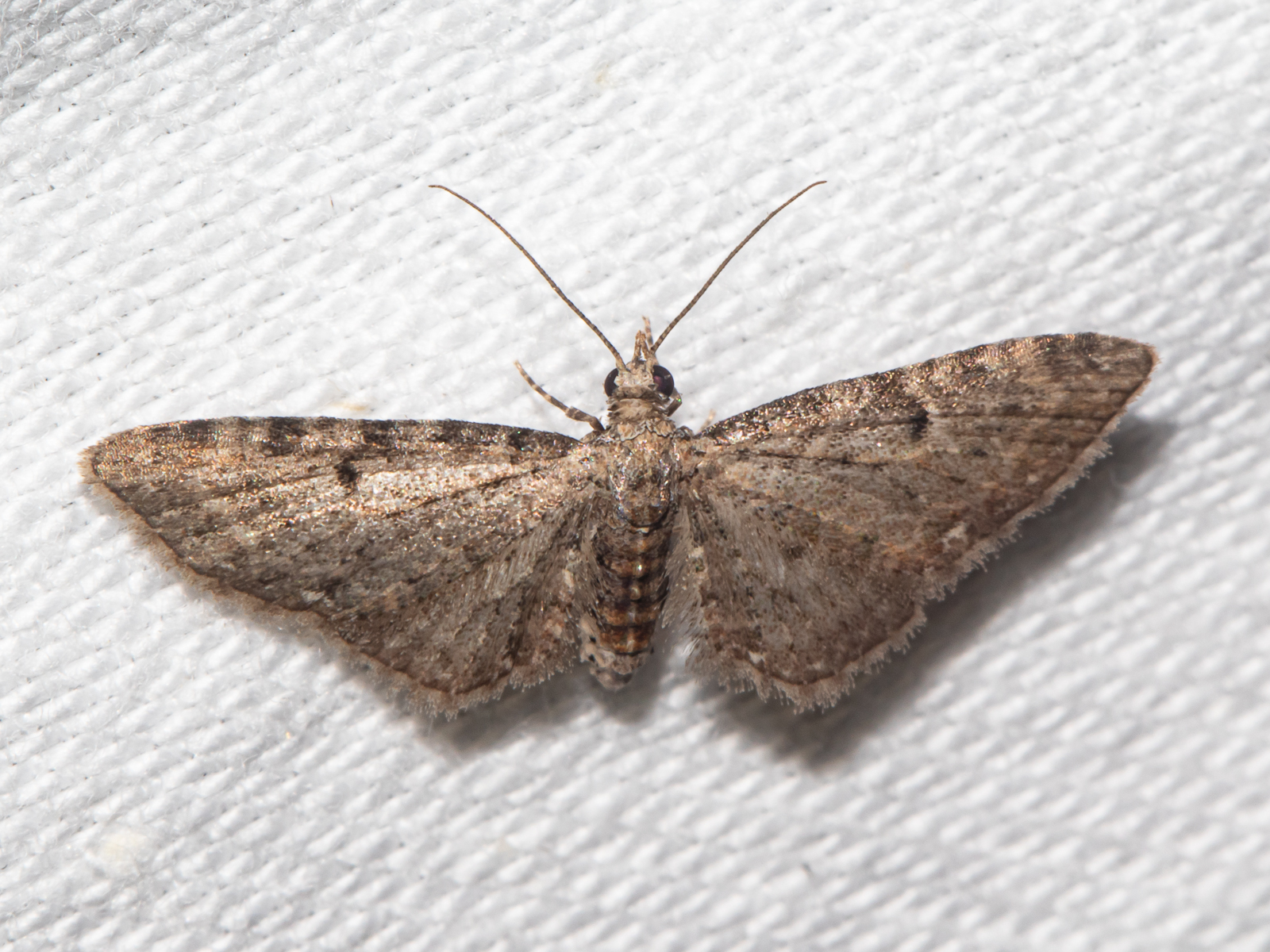
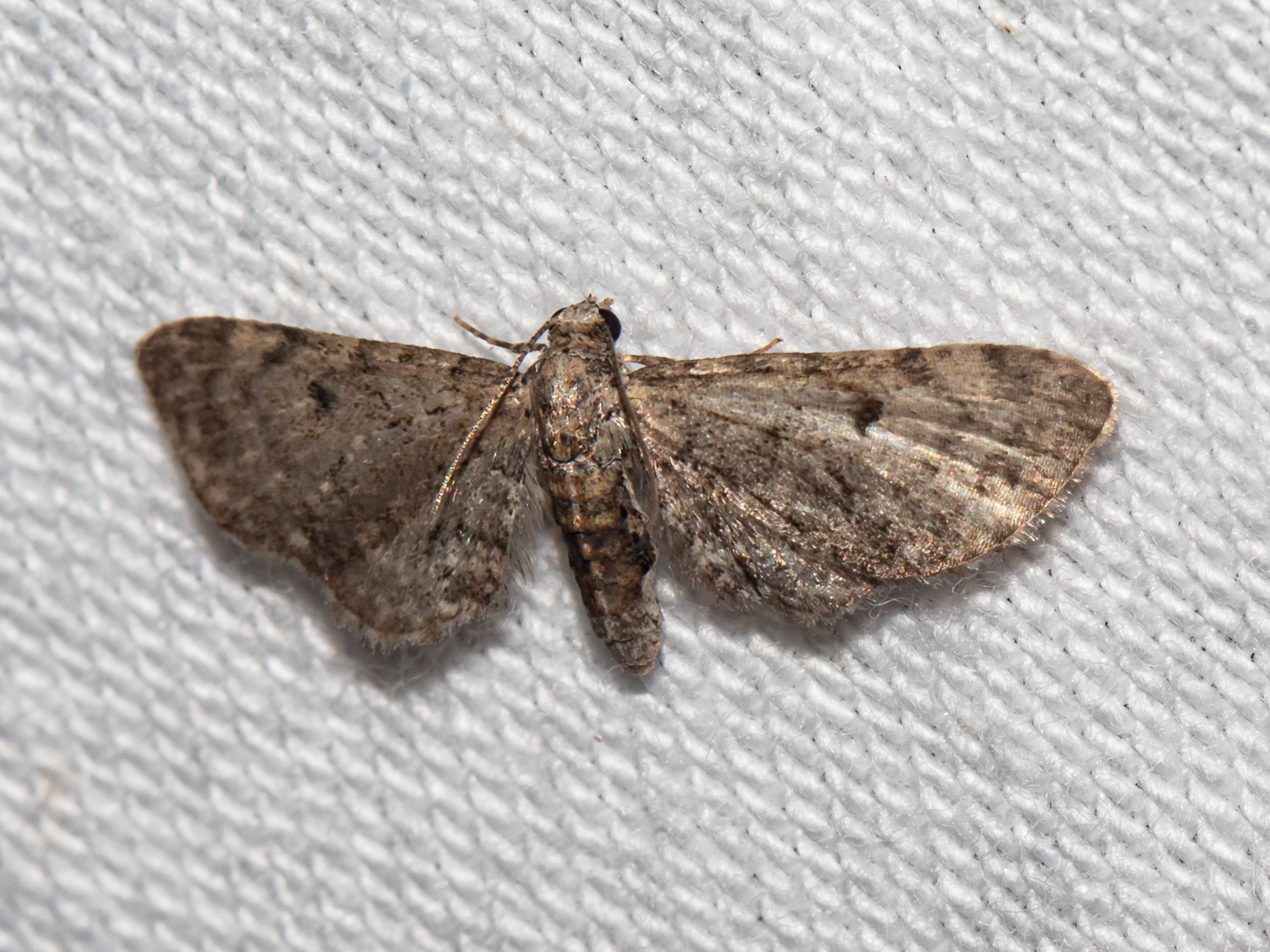
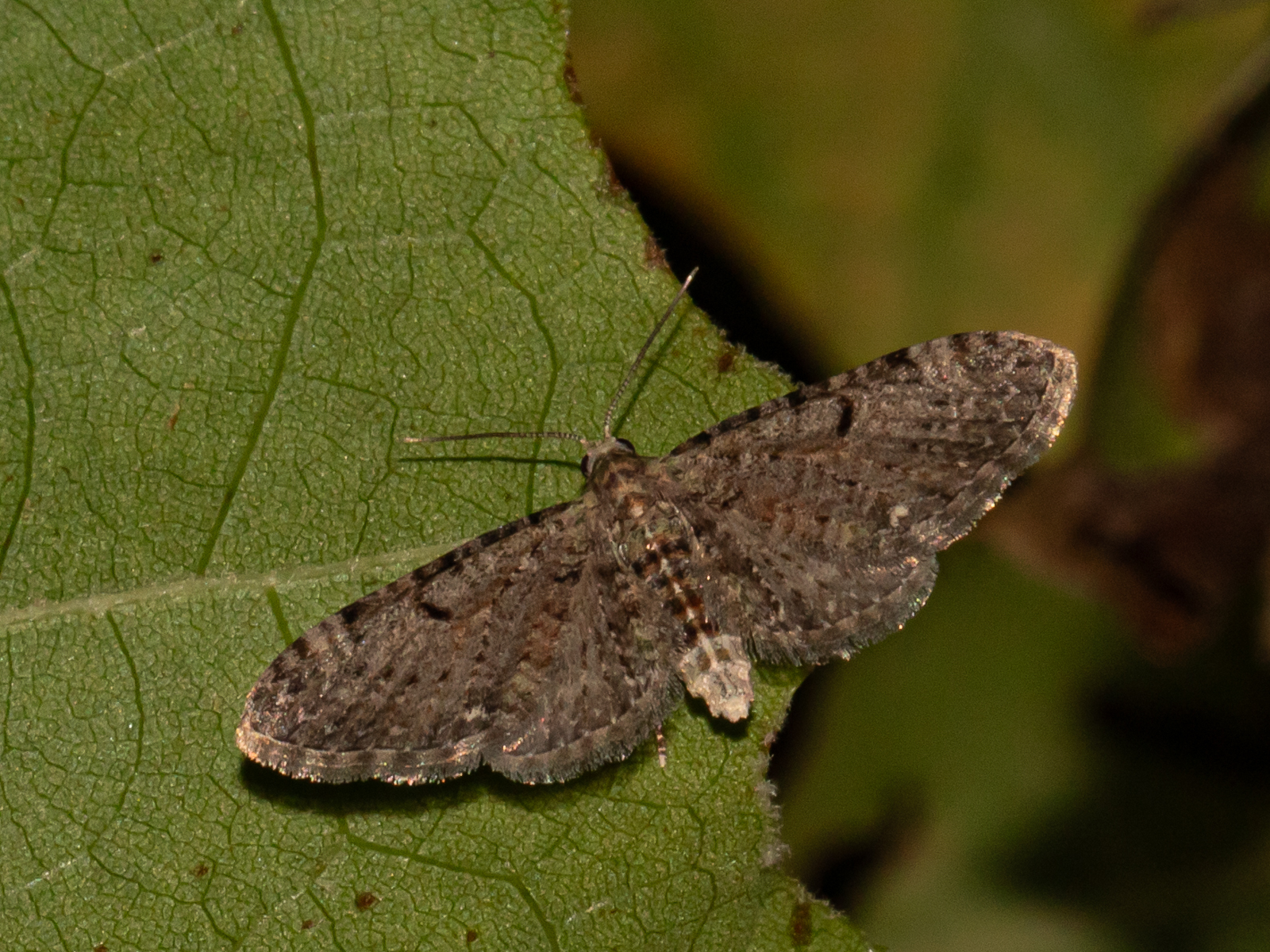
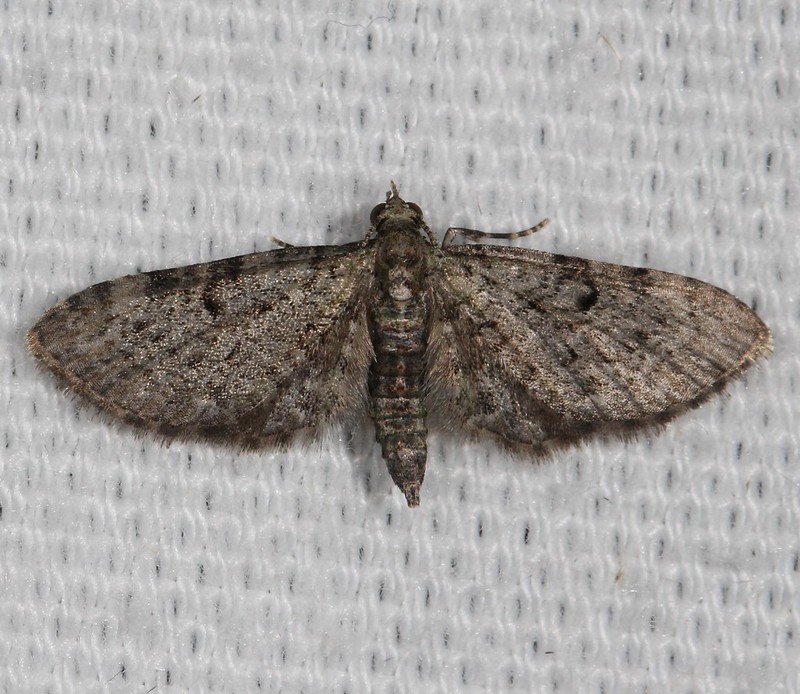
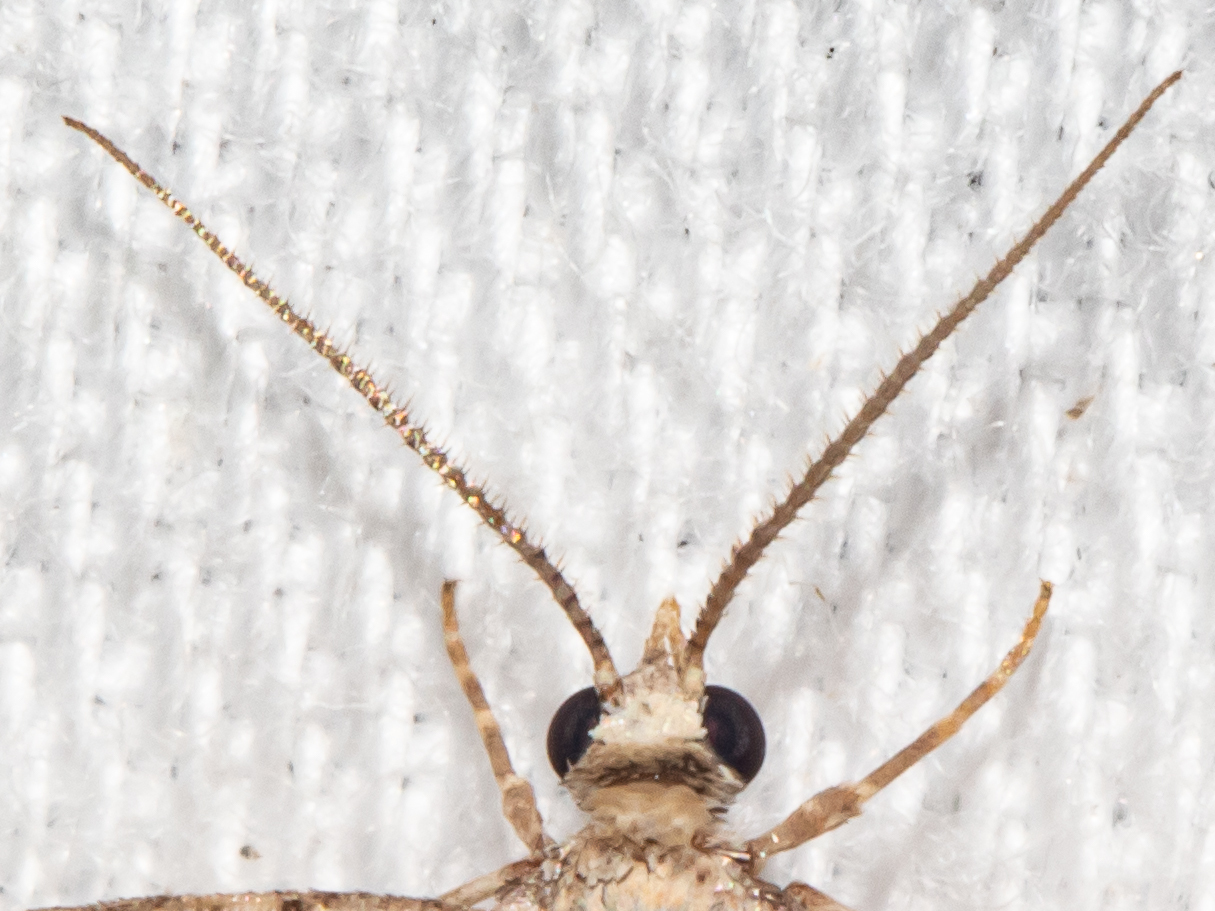

.JPG)
_1.JPG)

